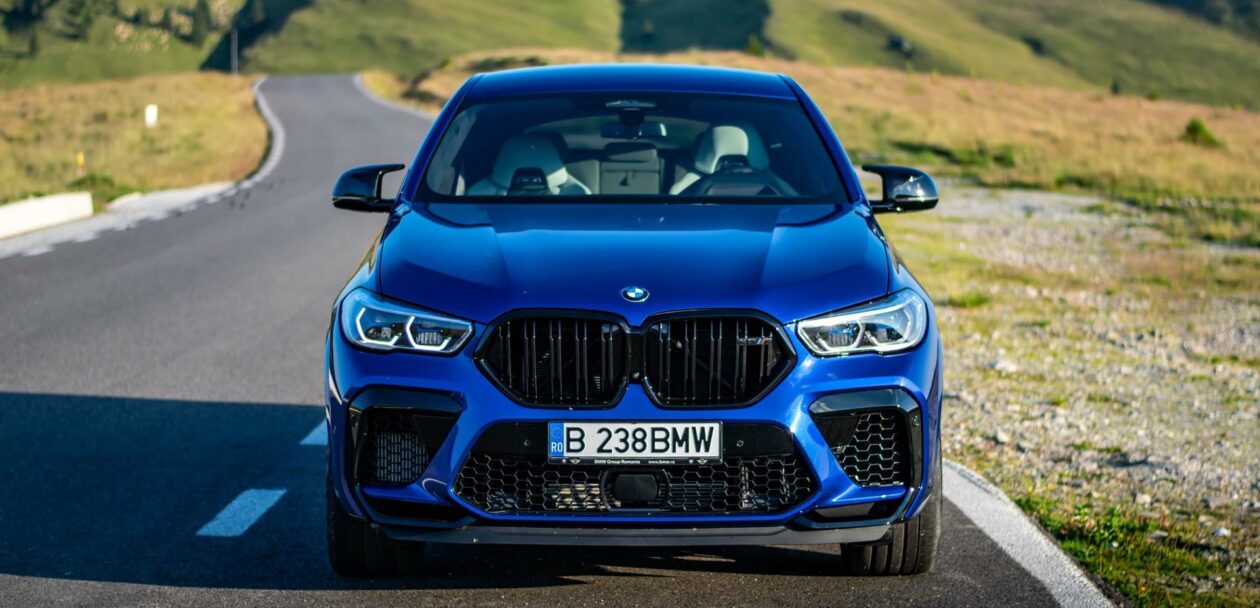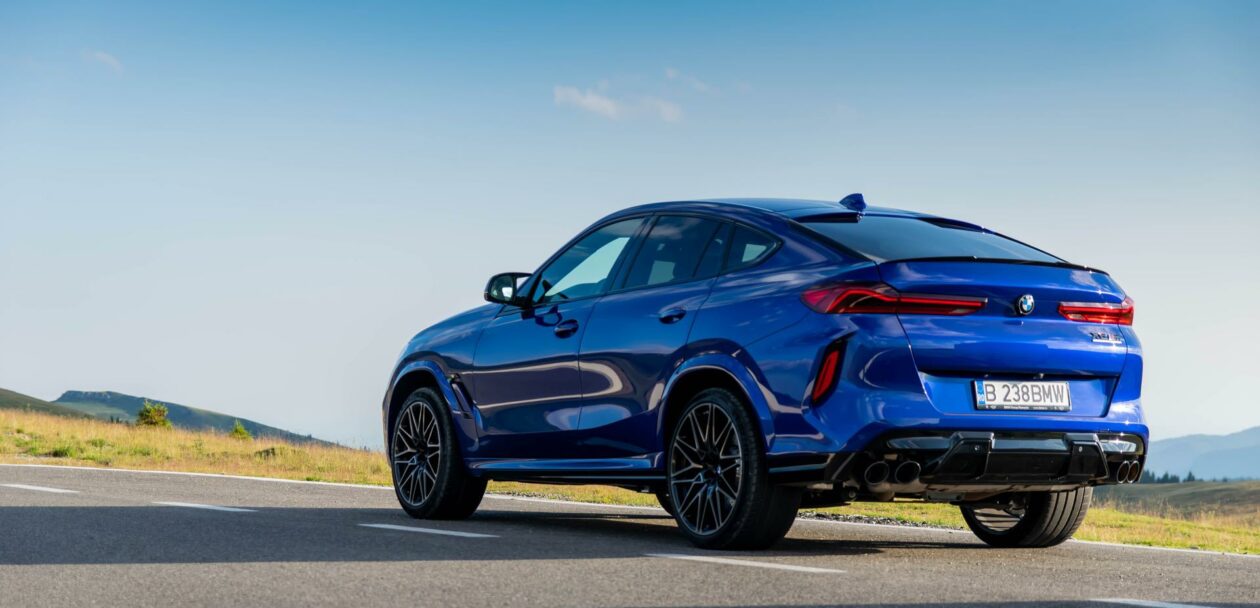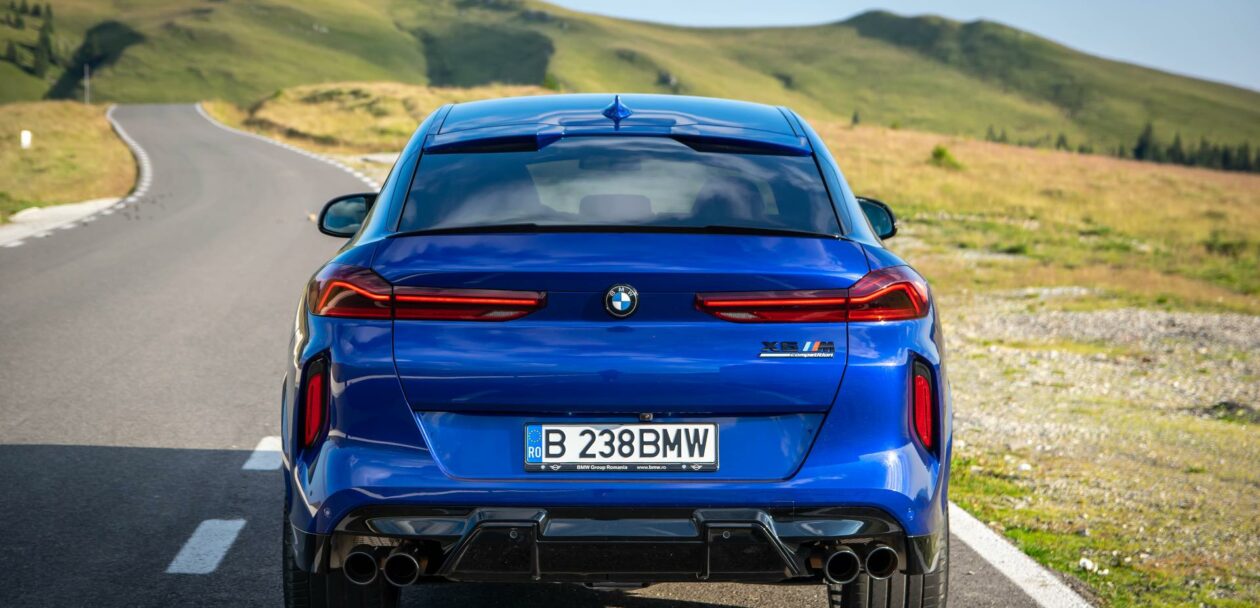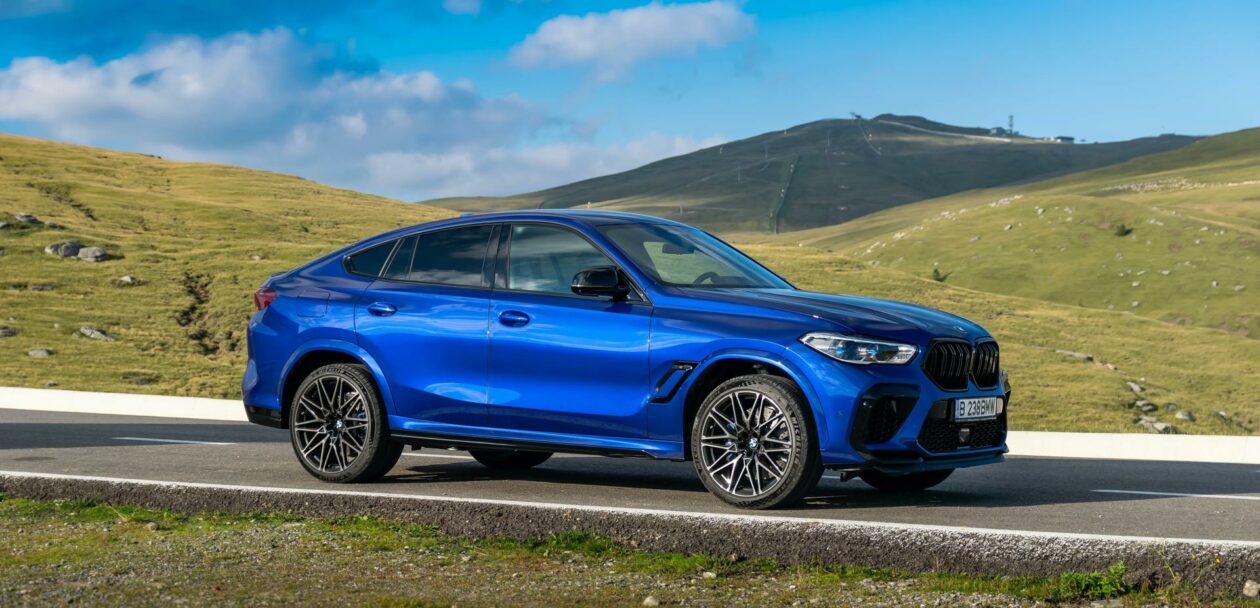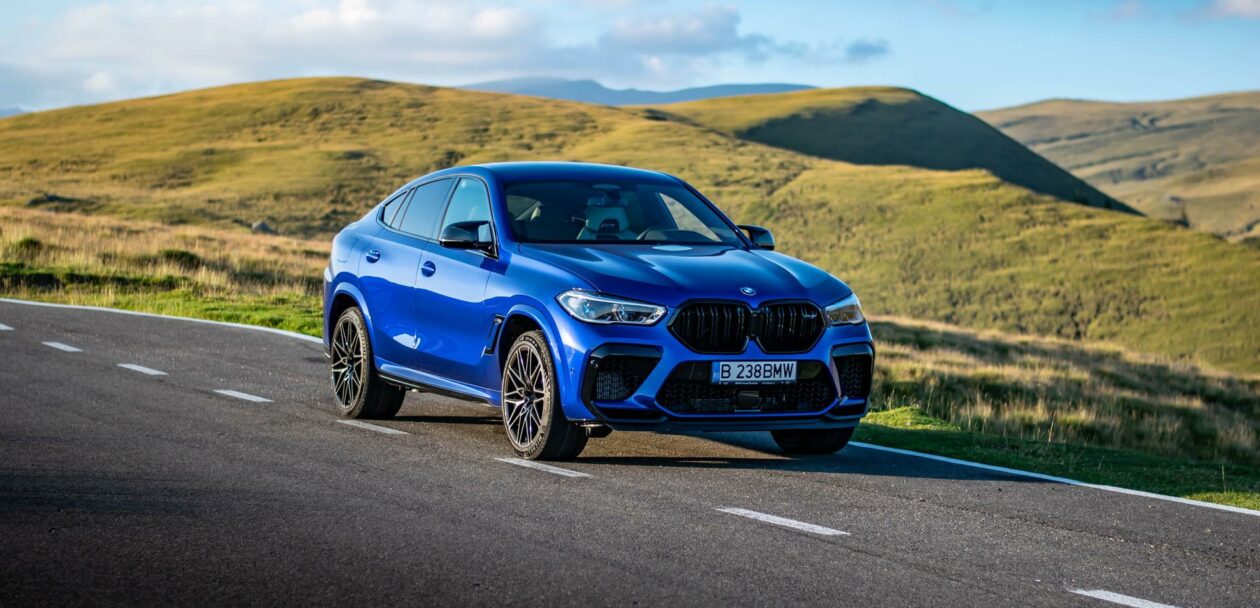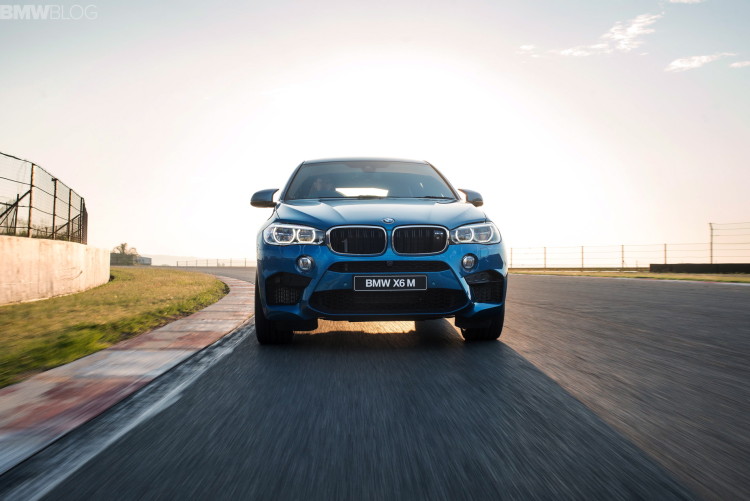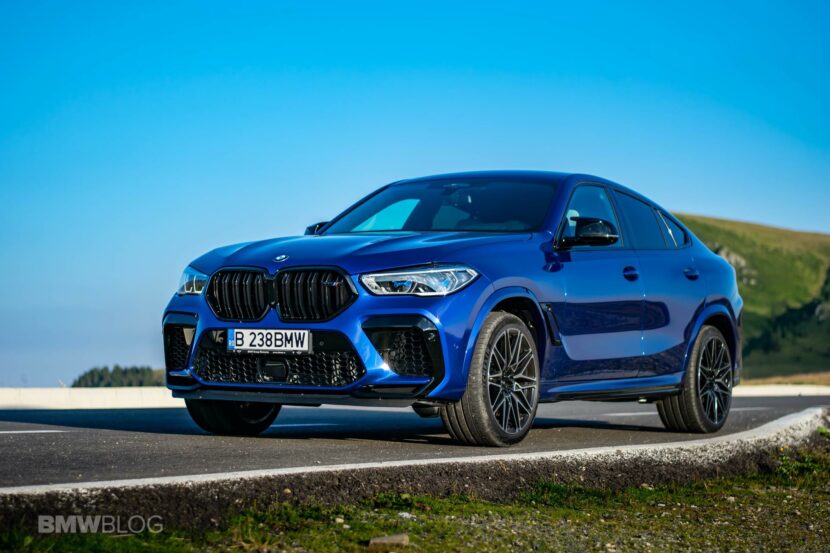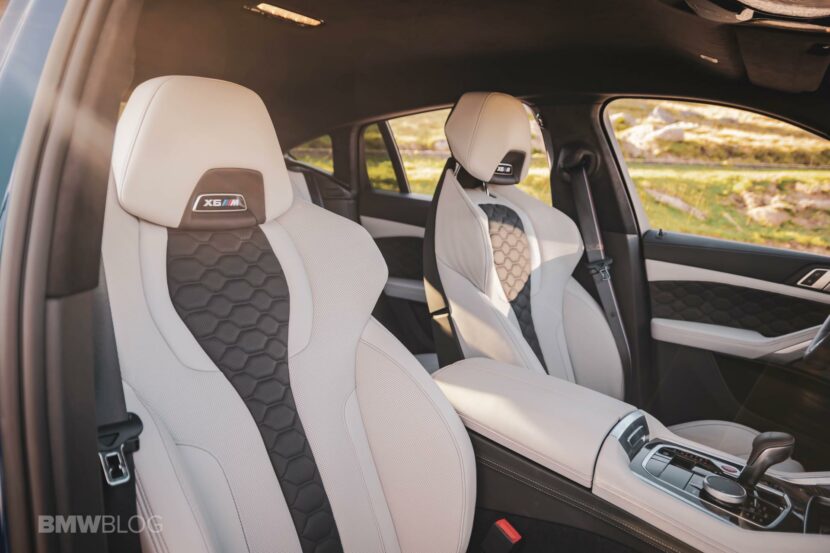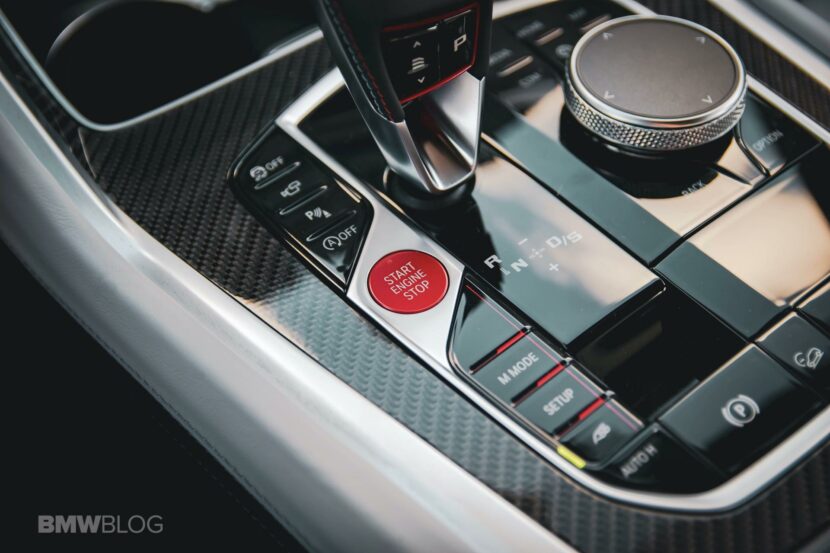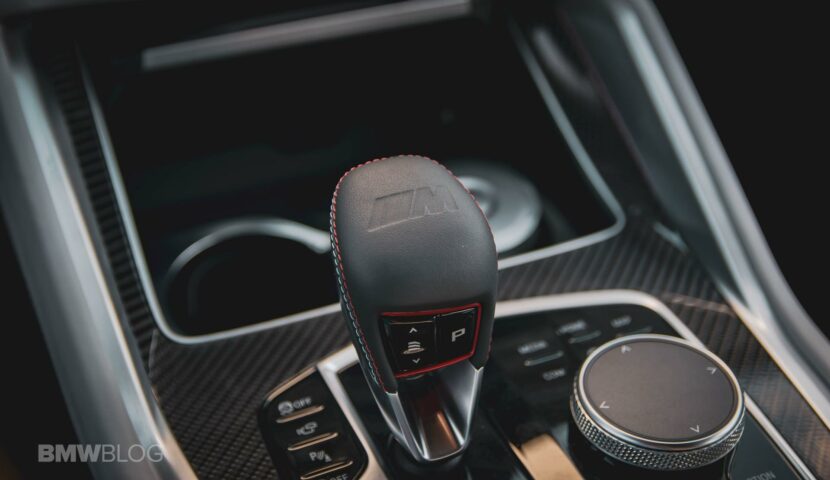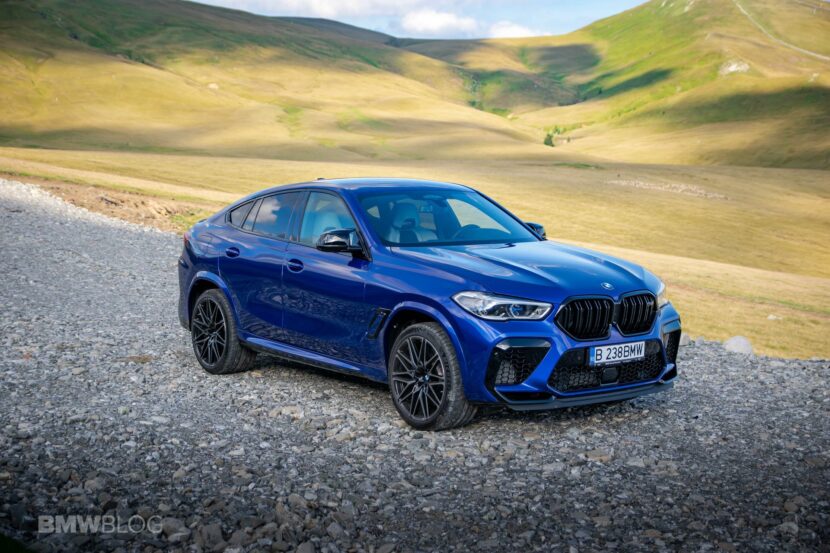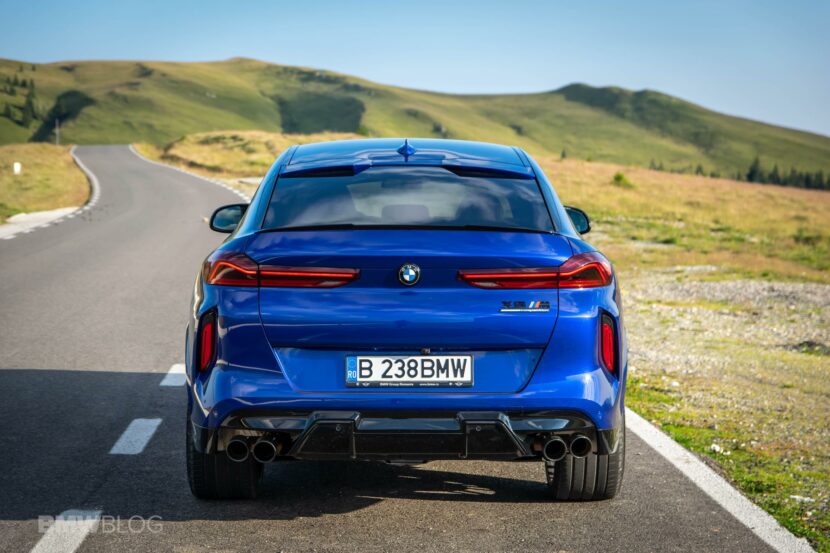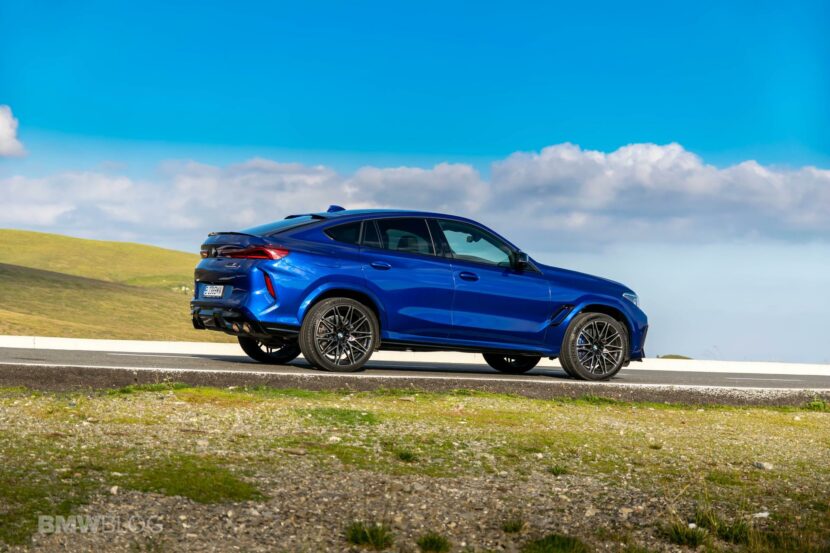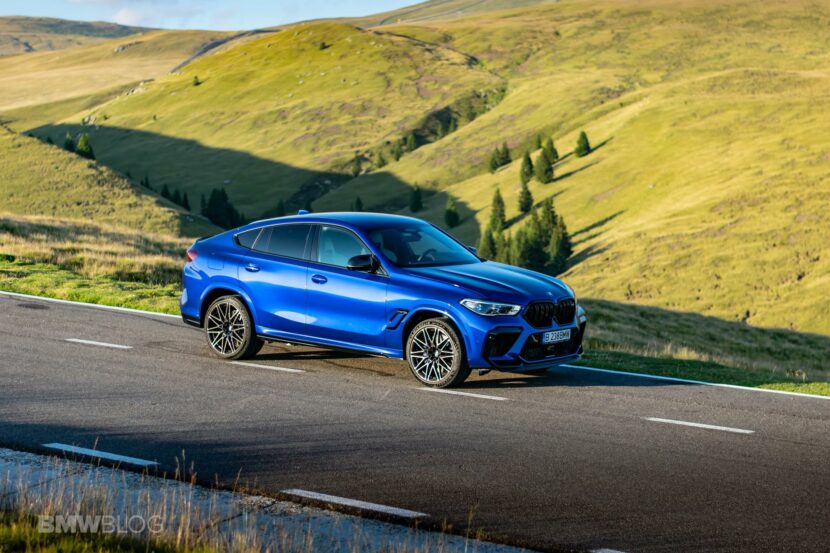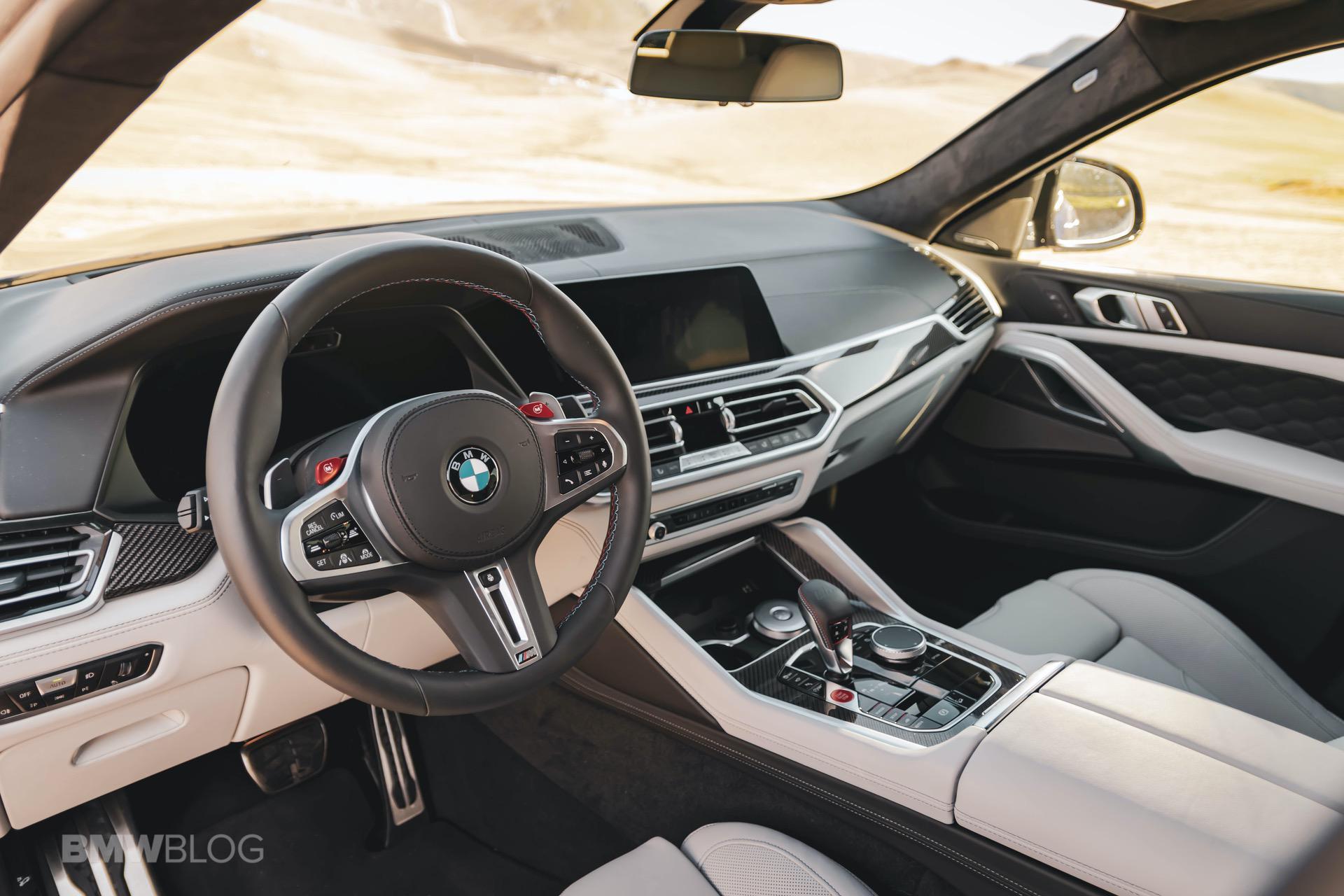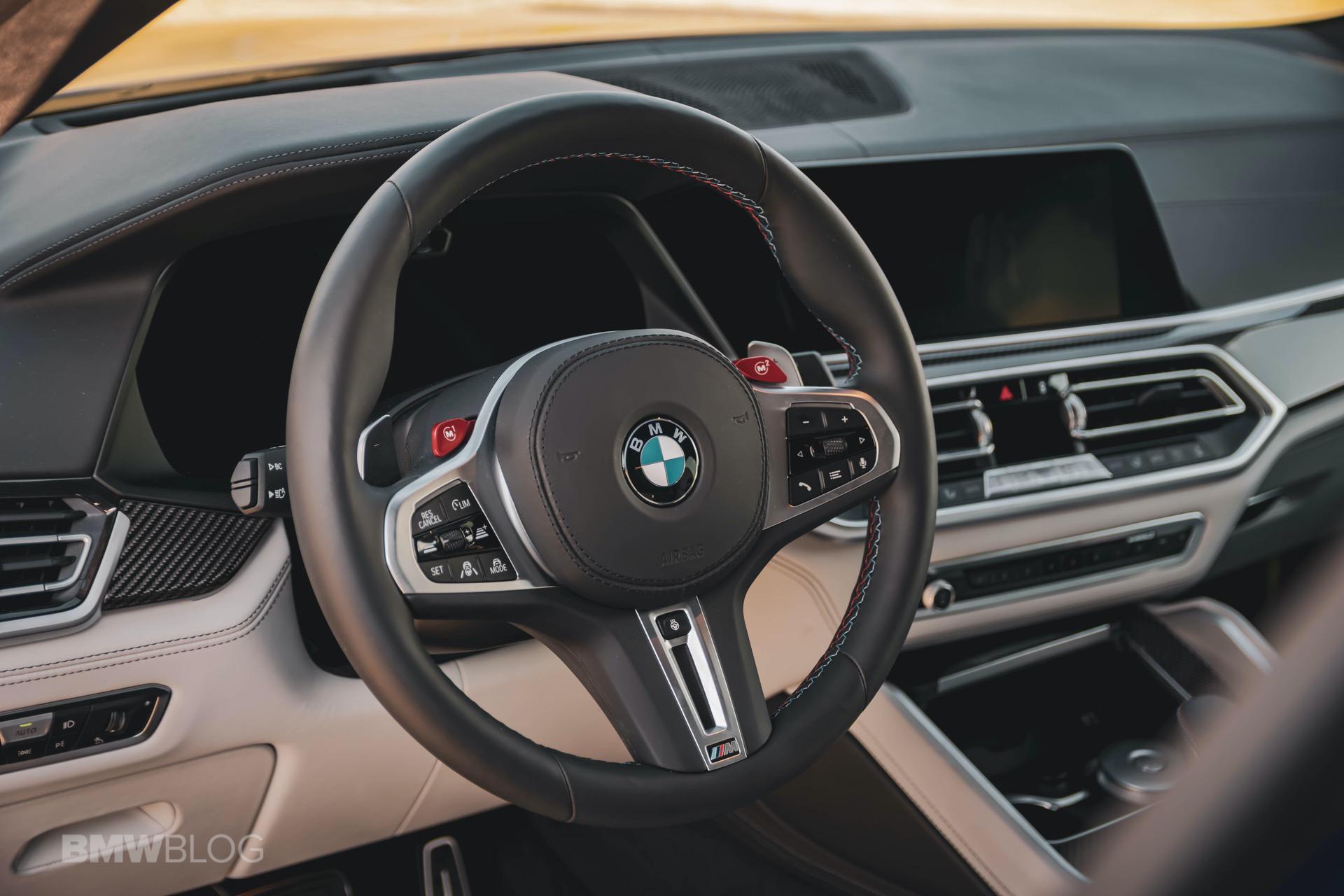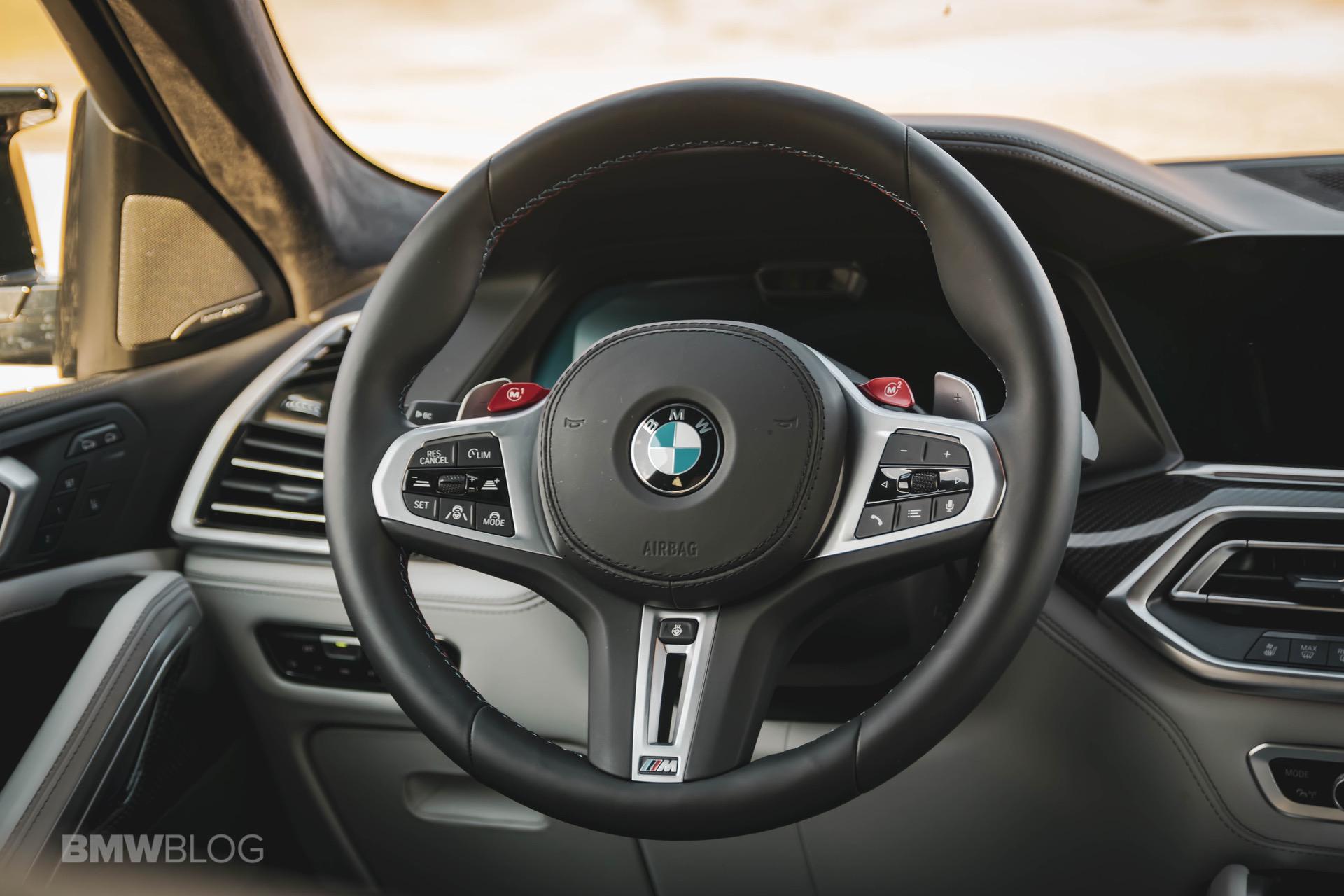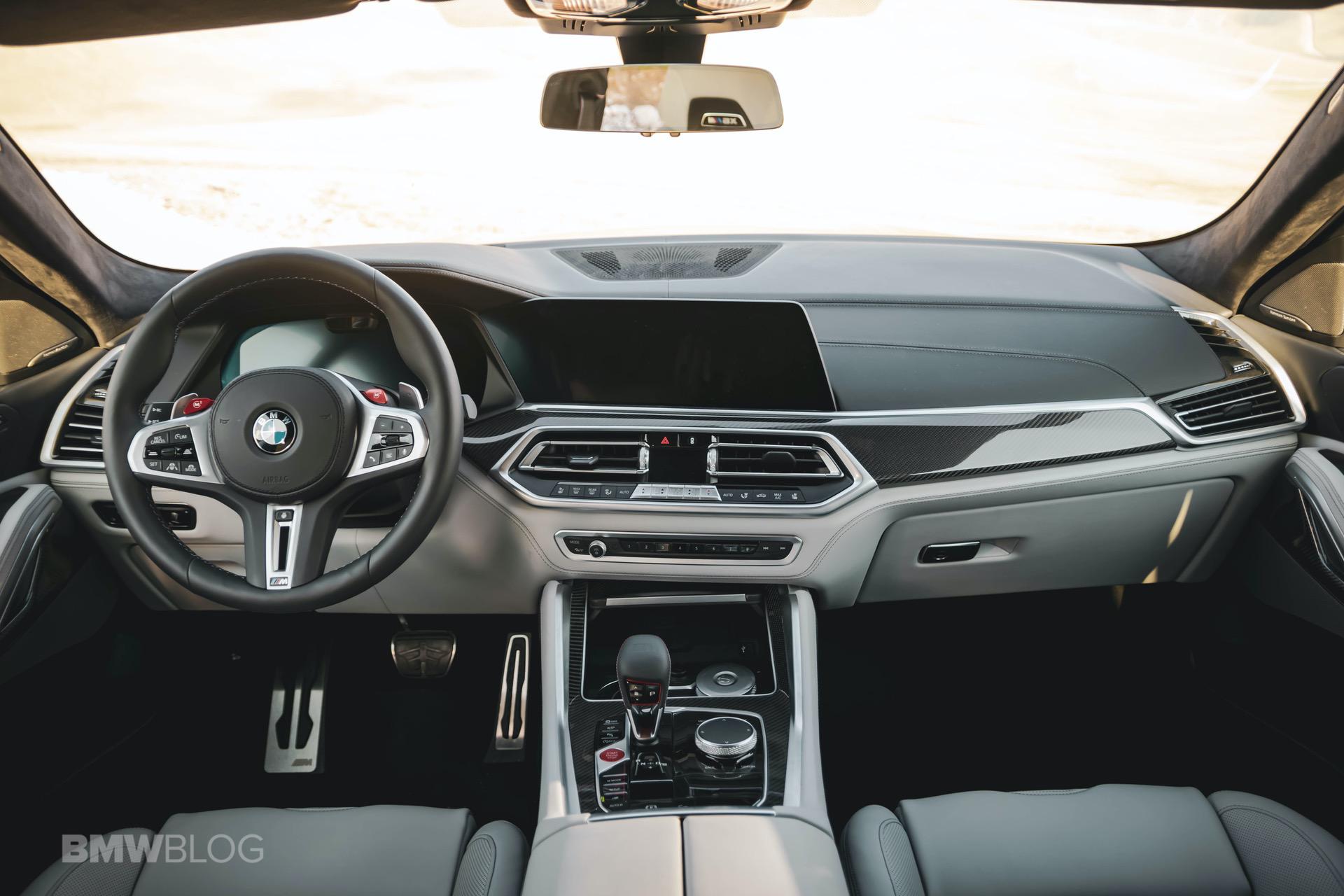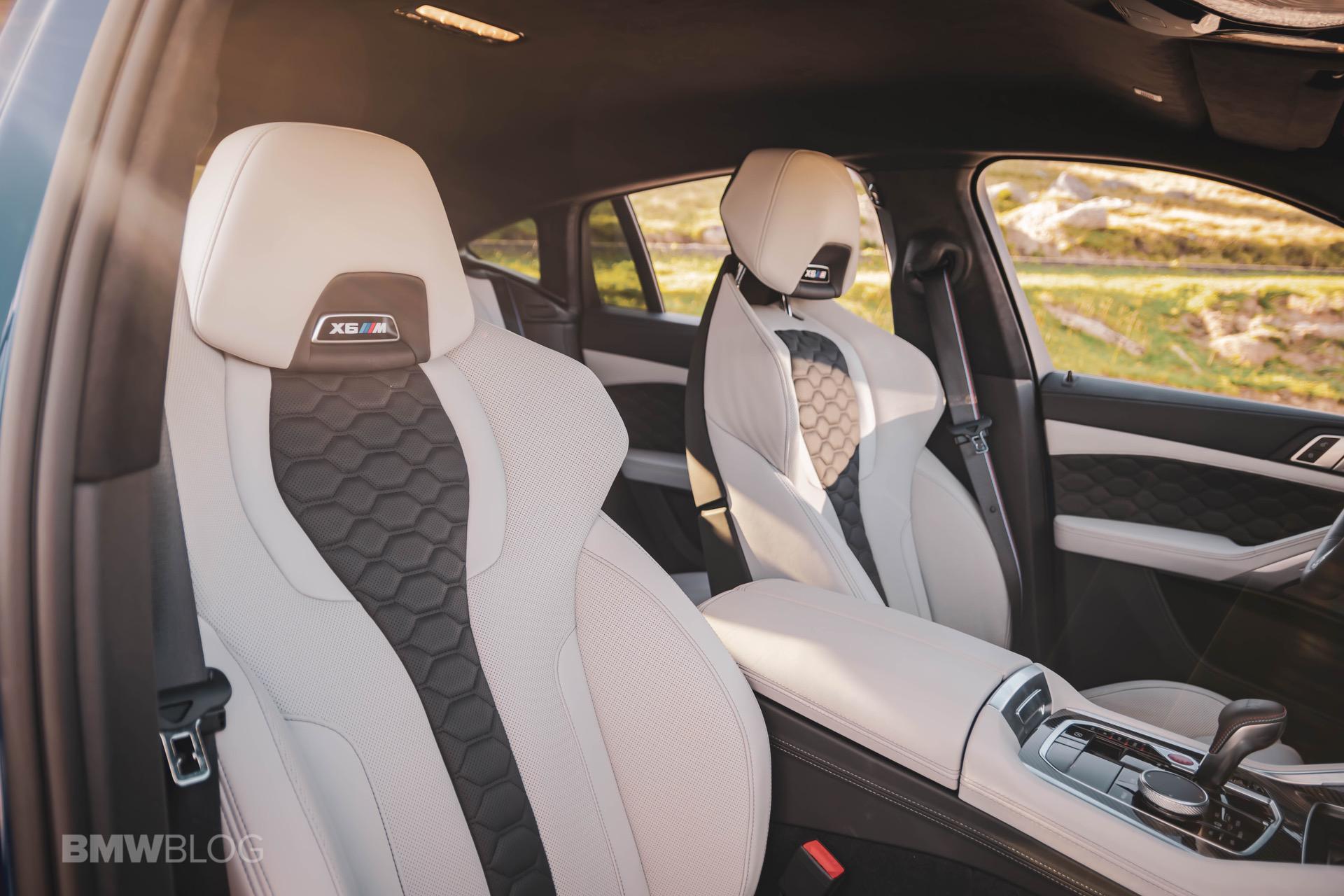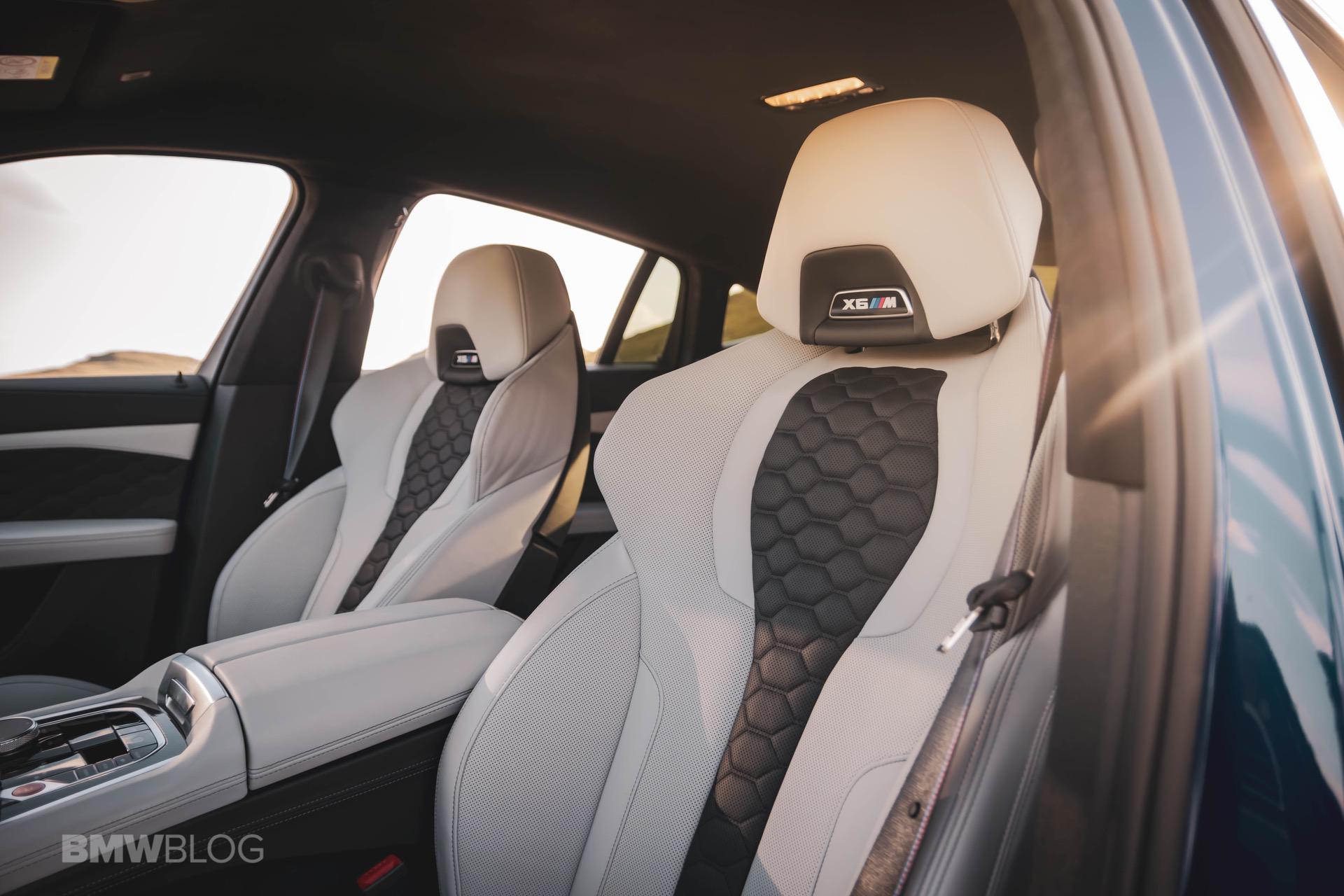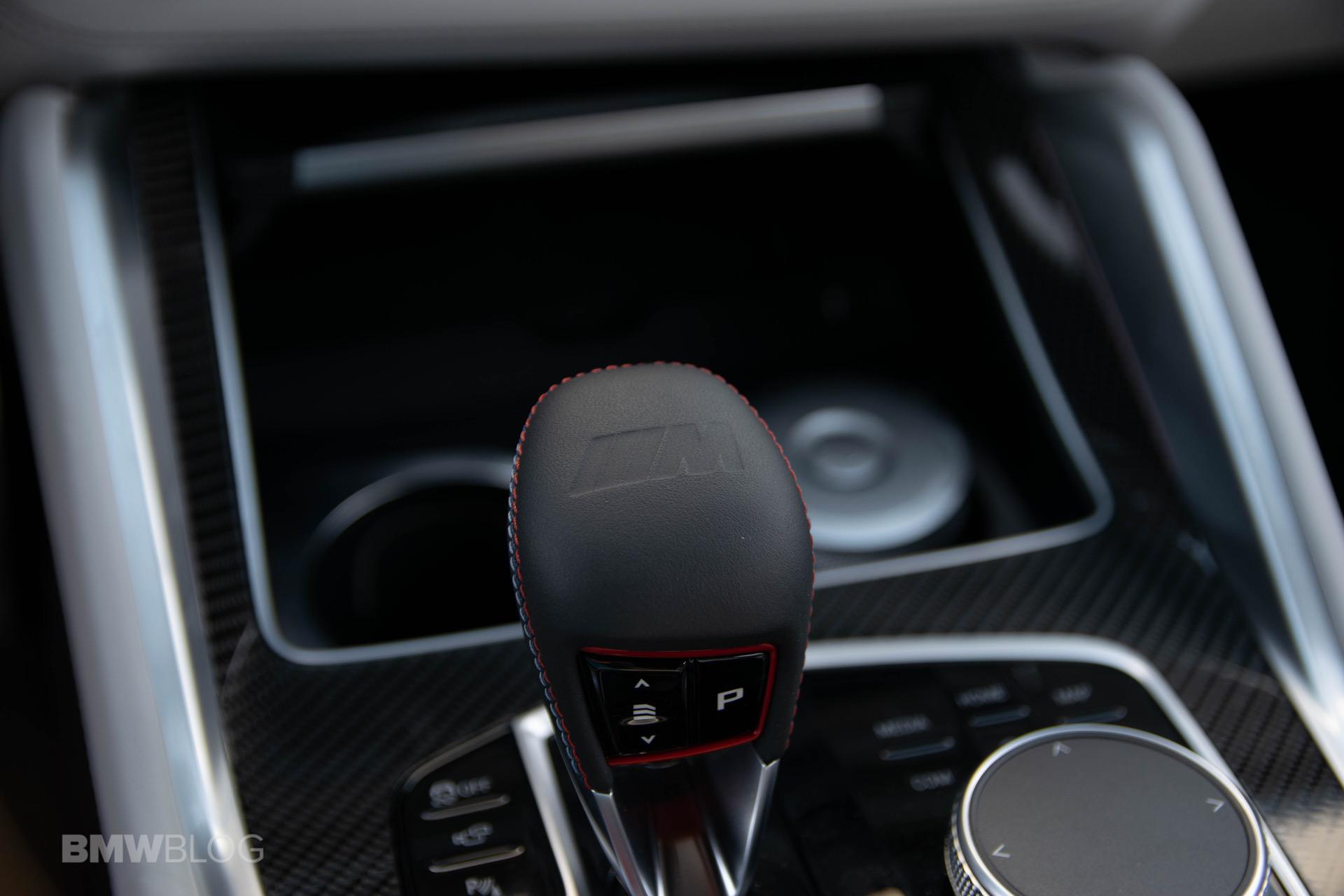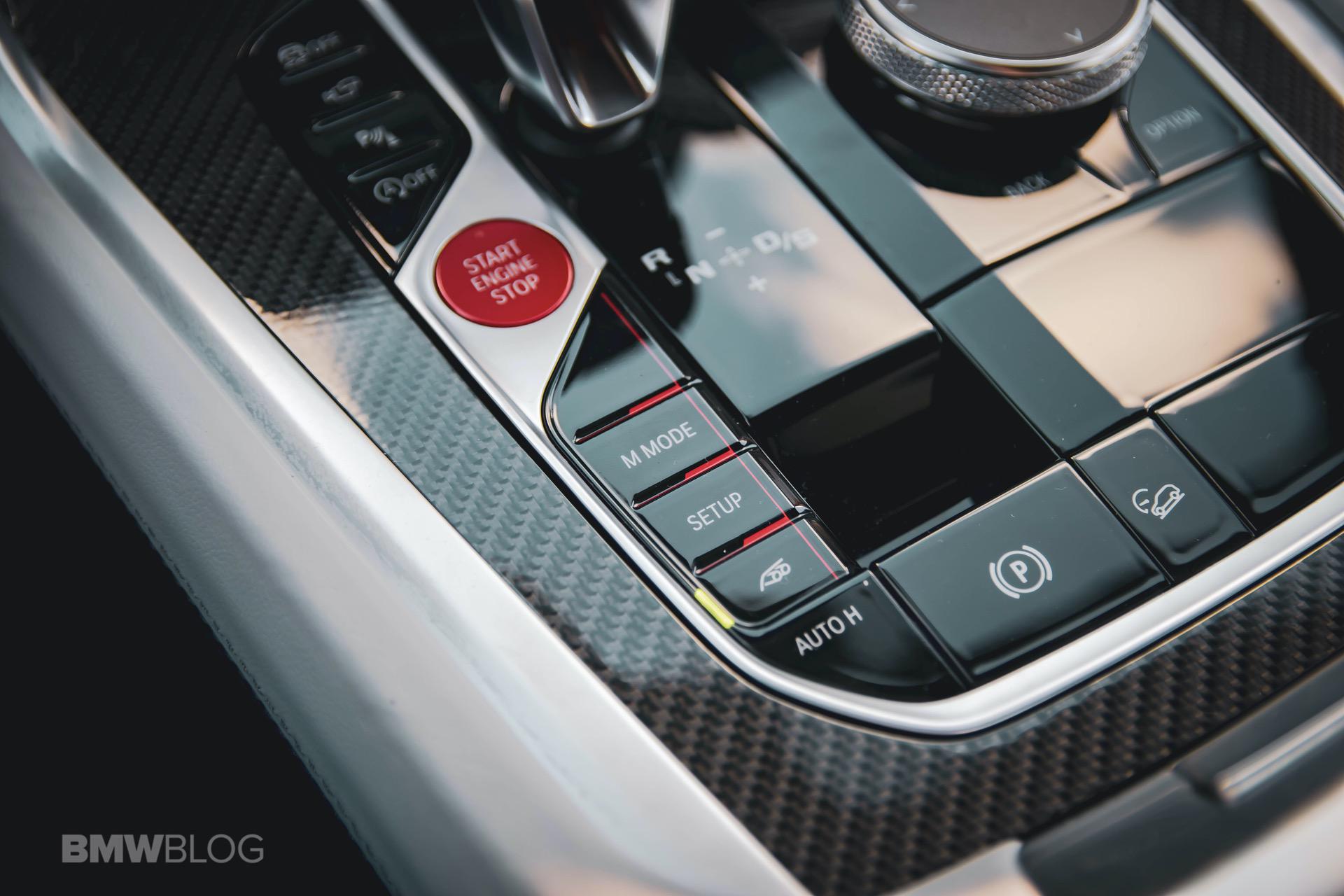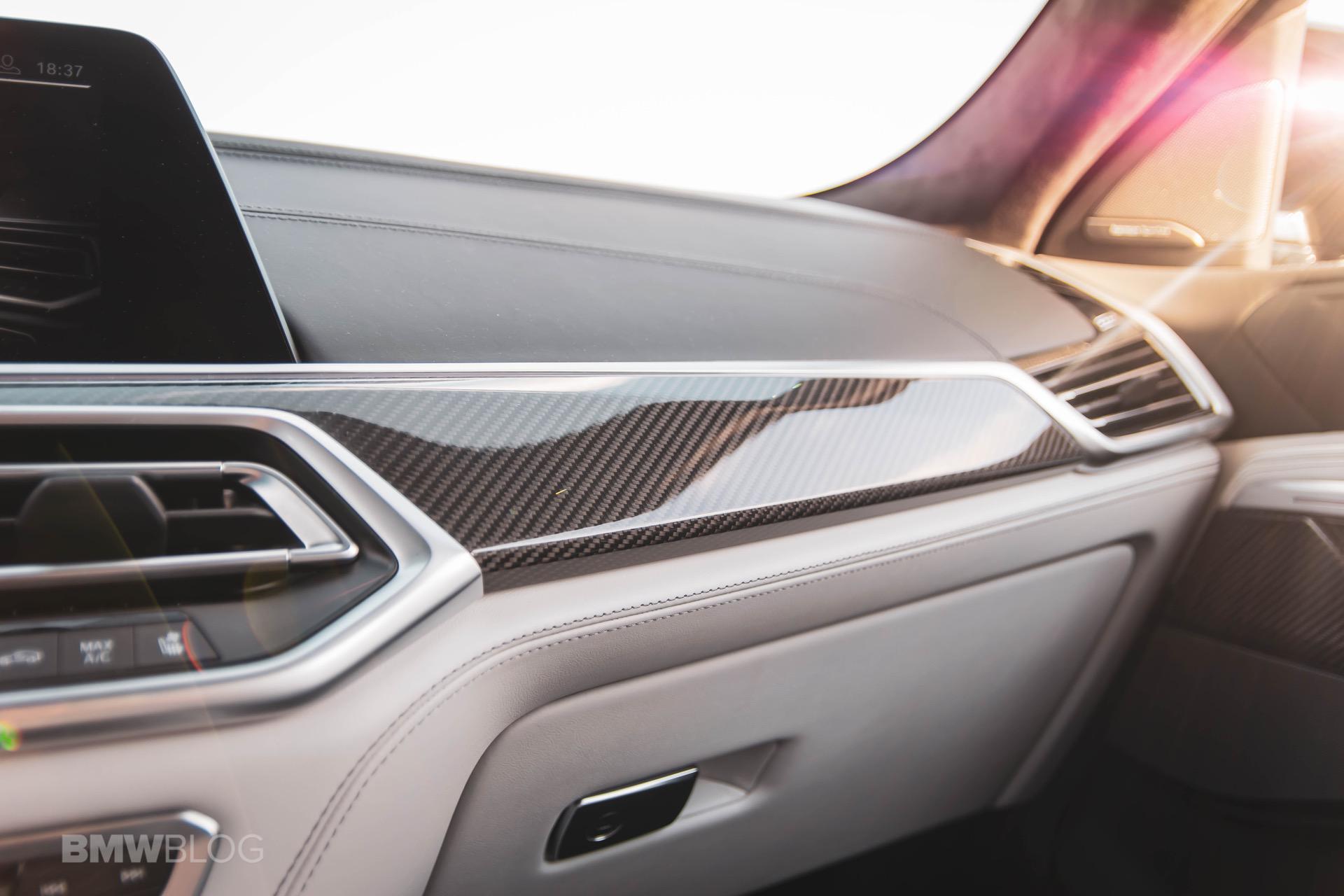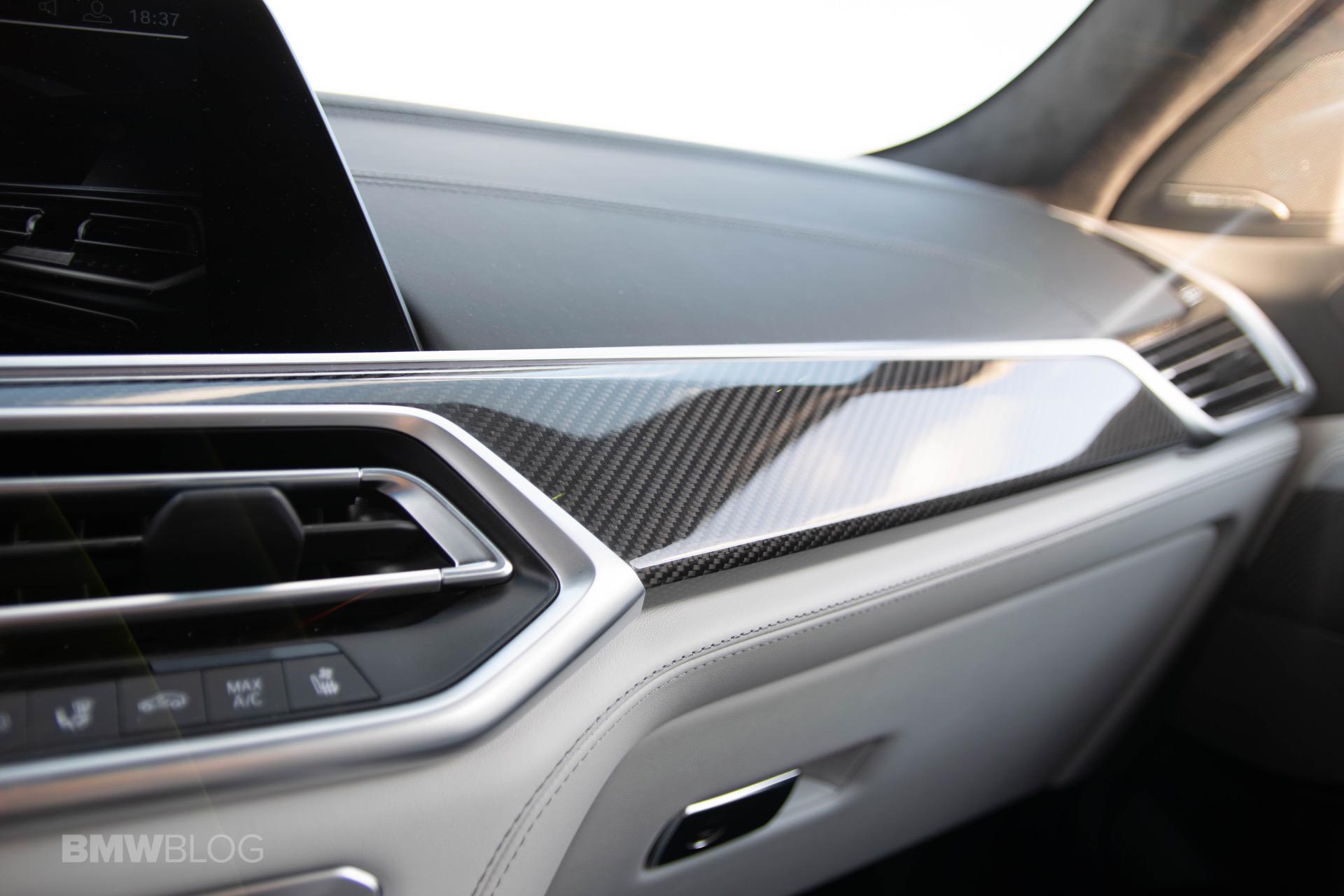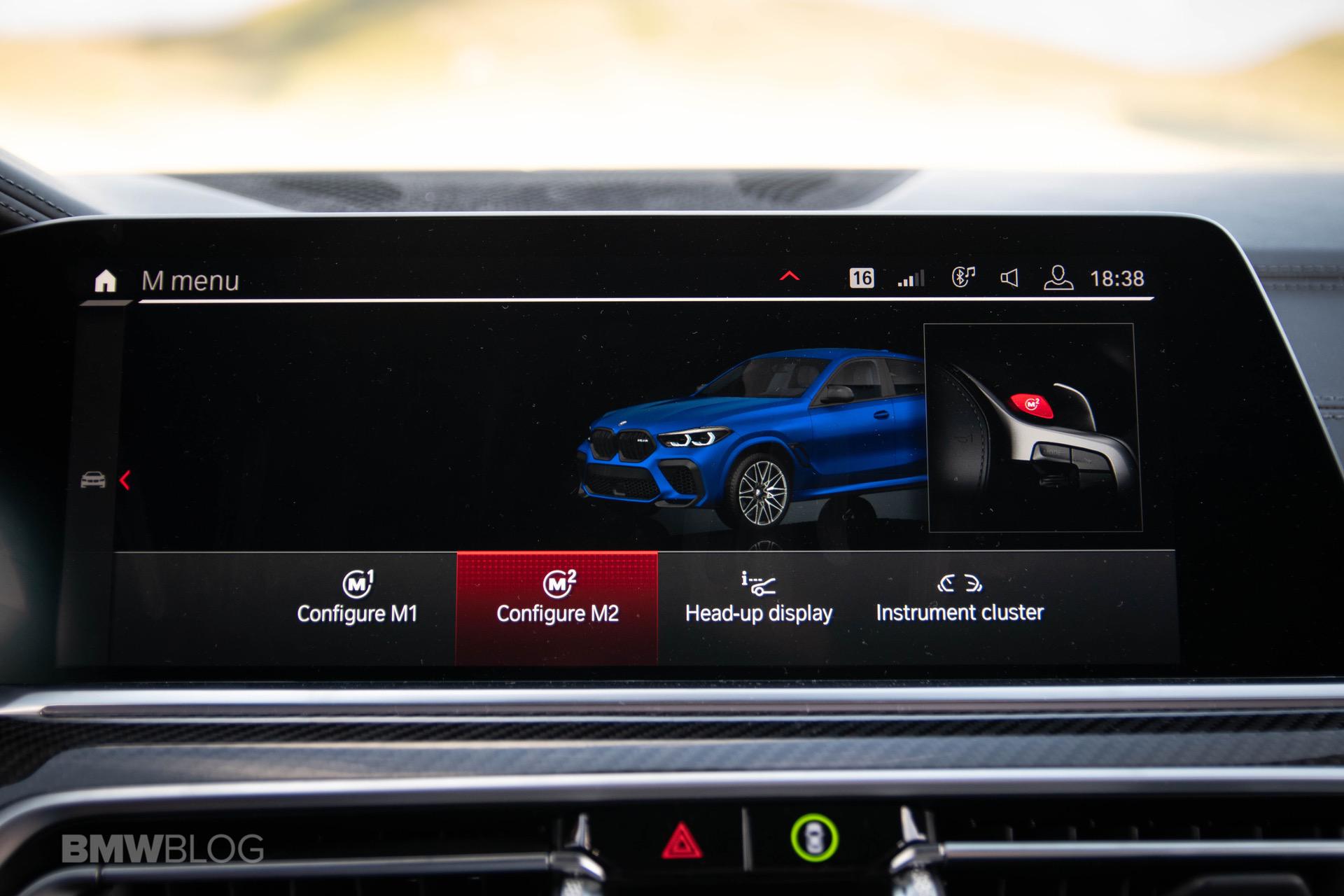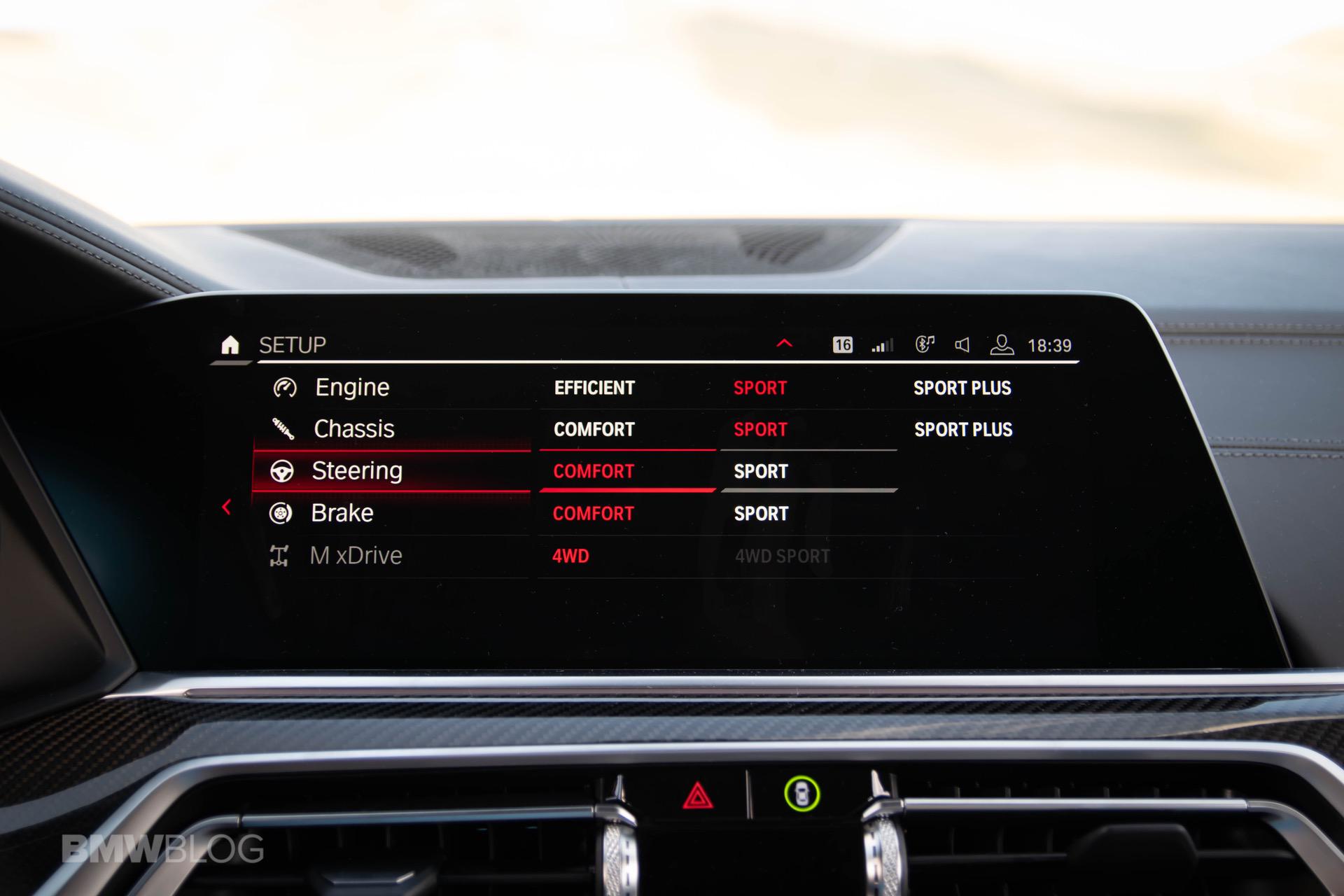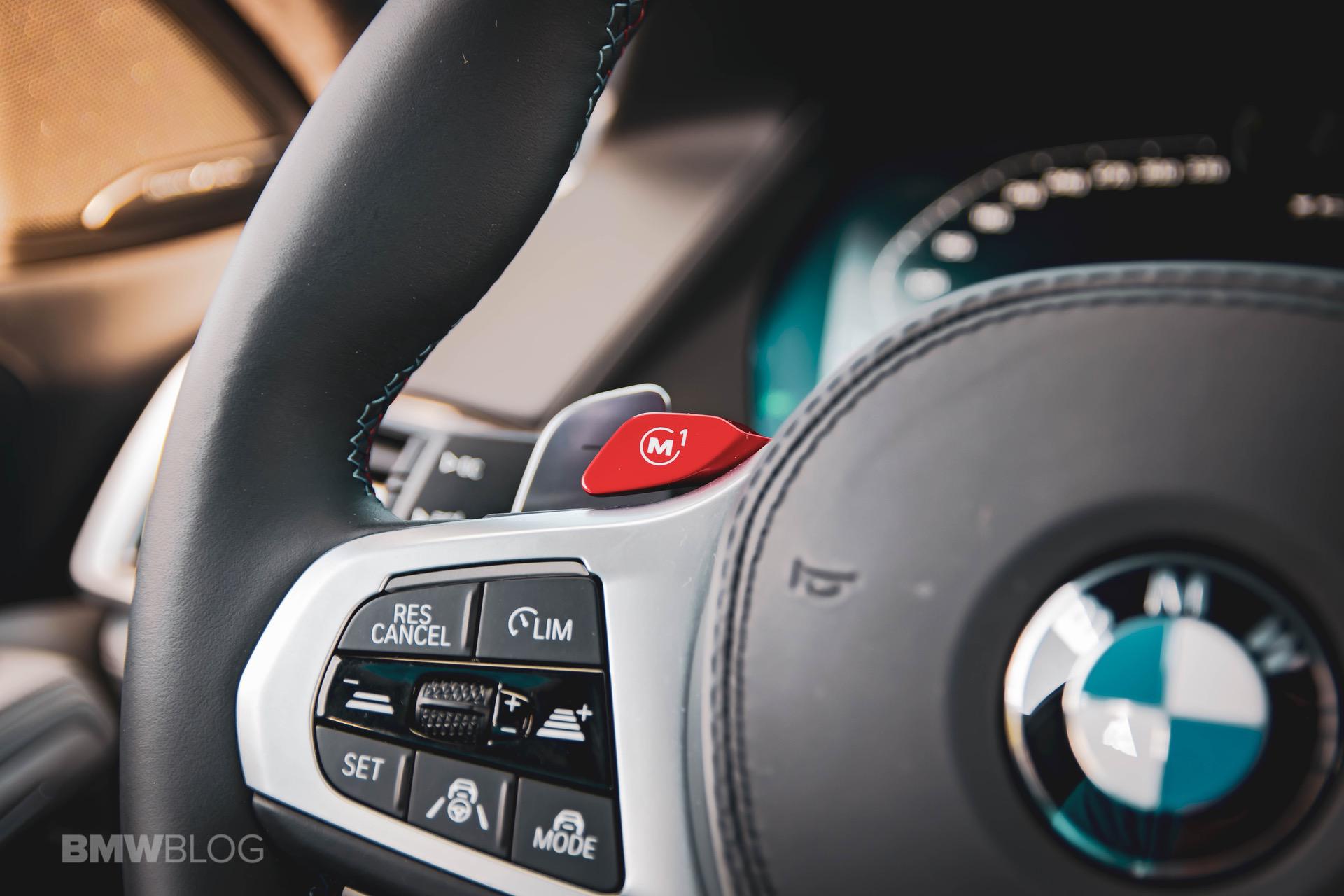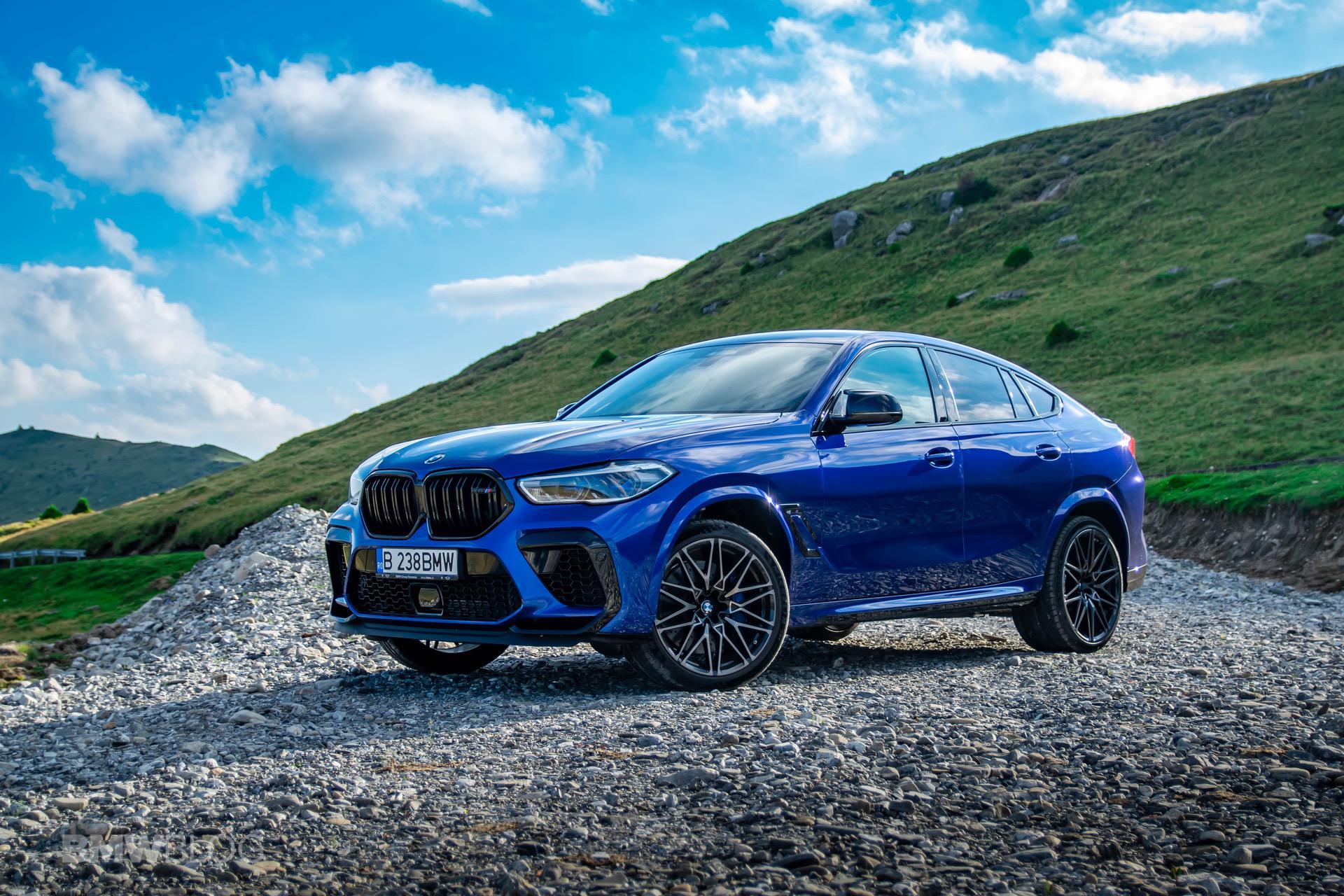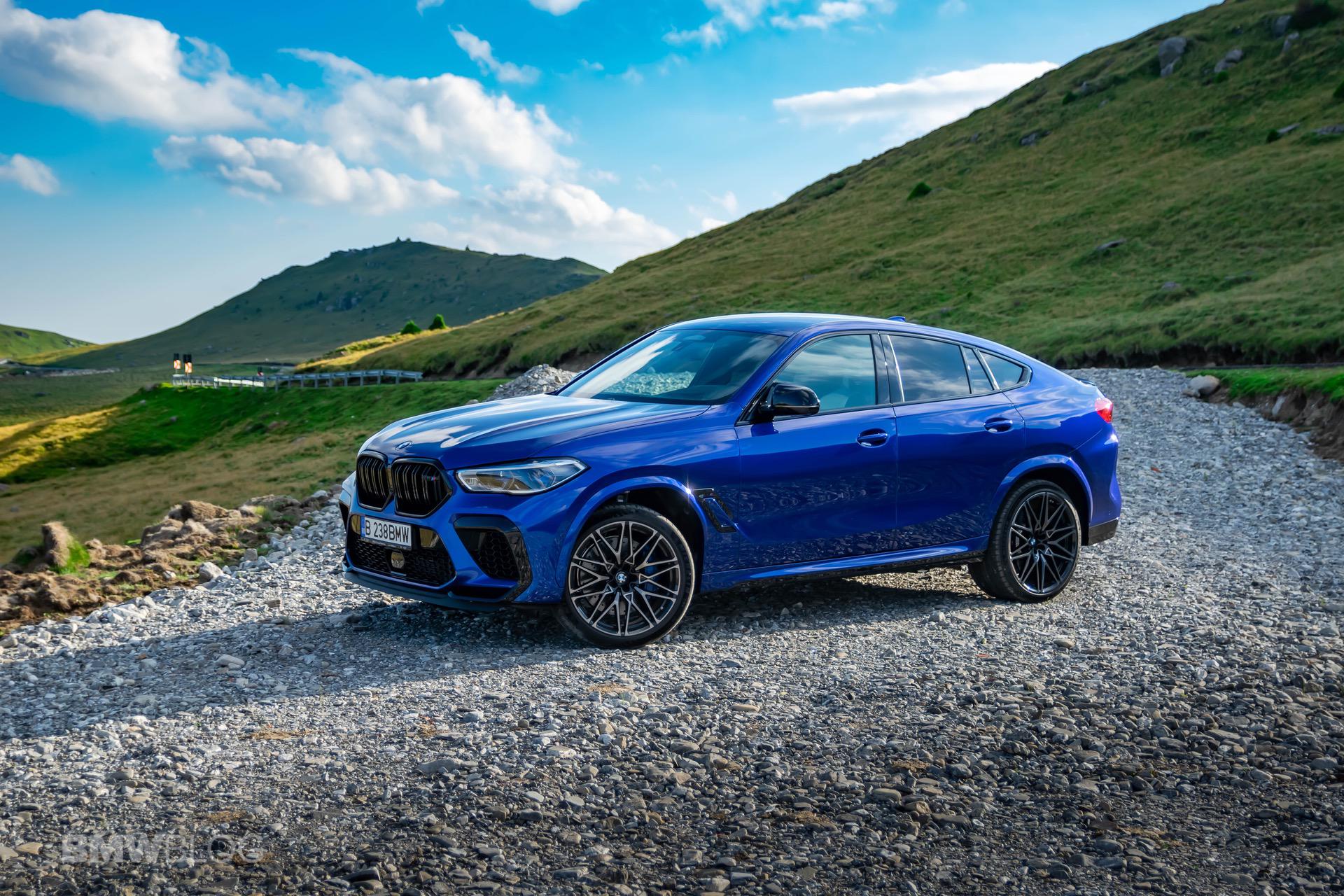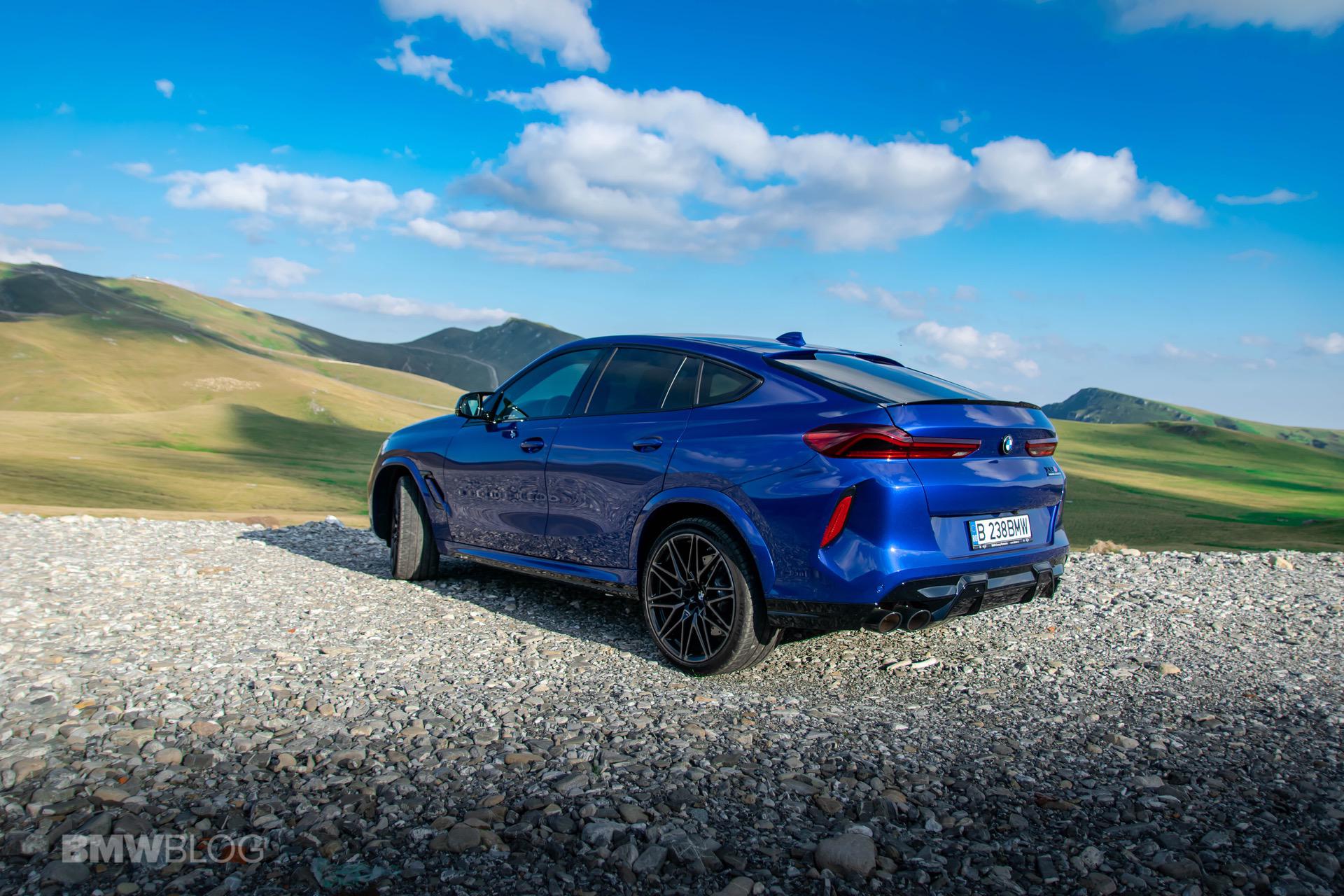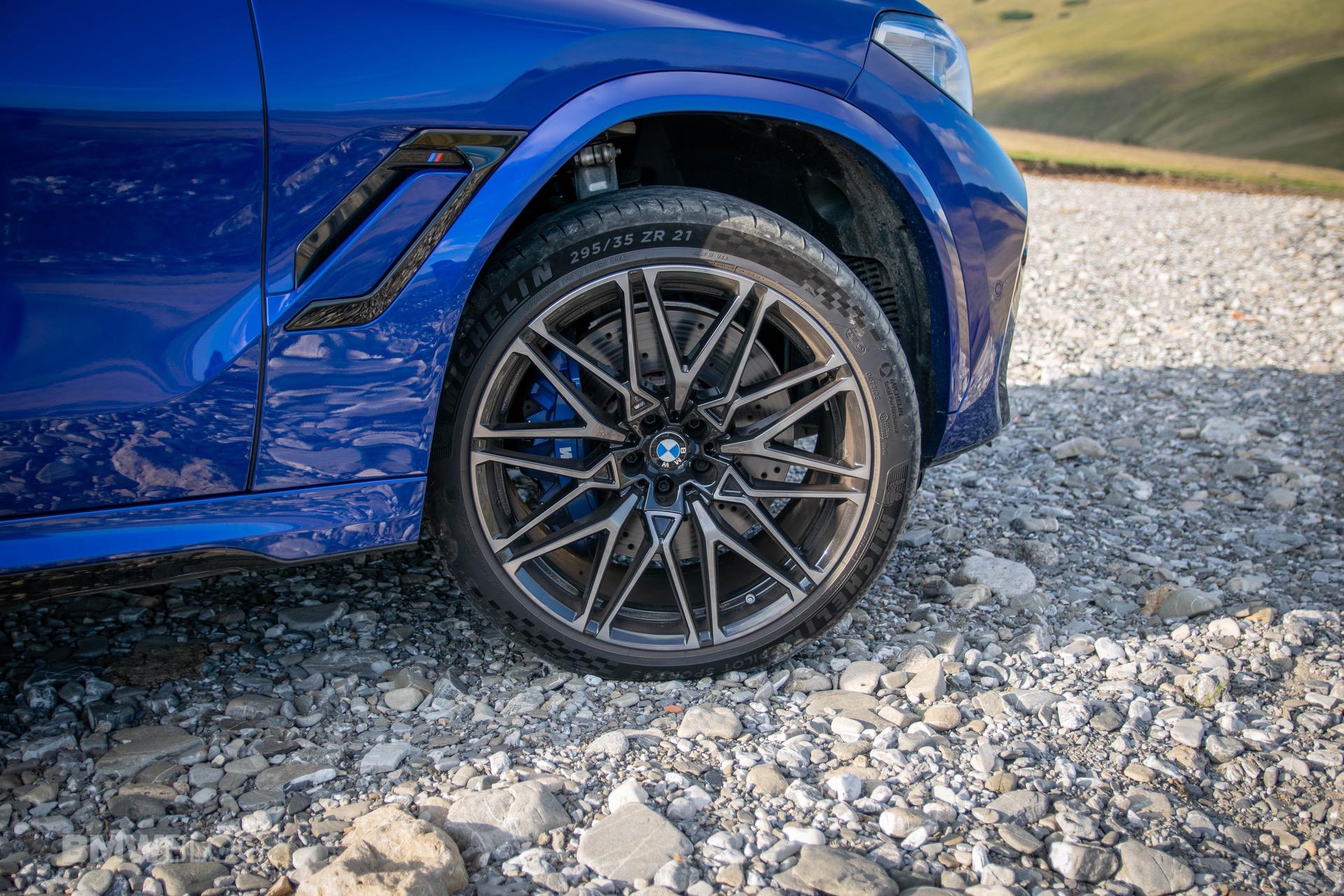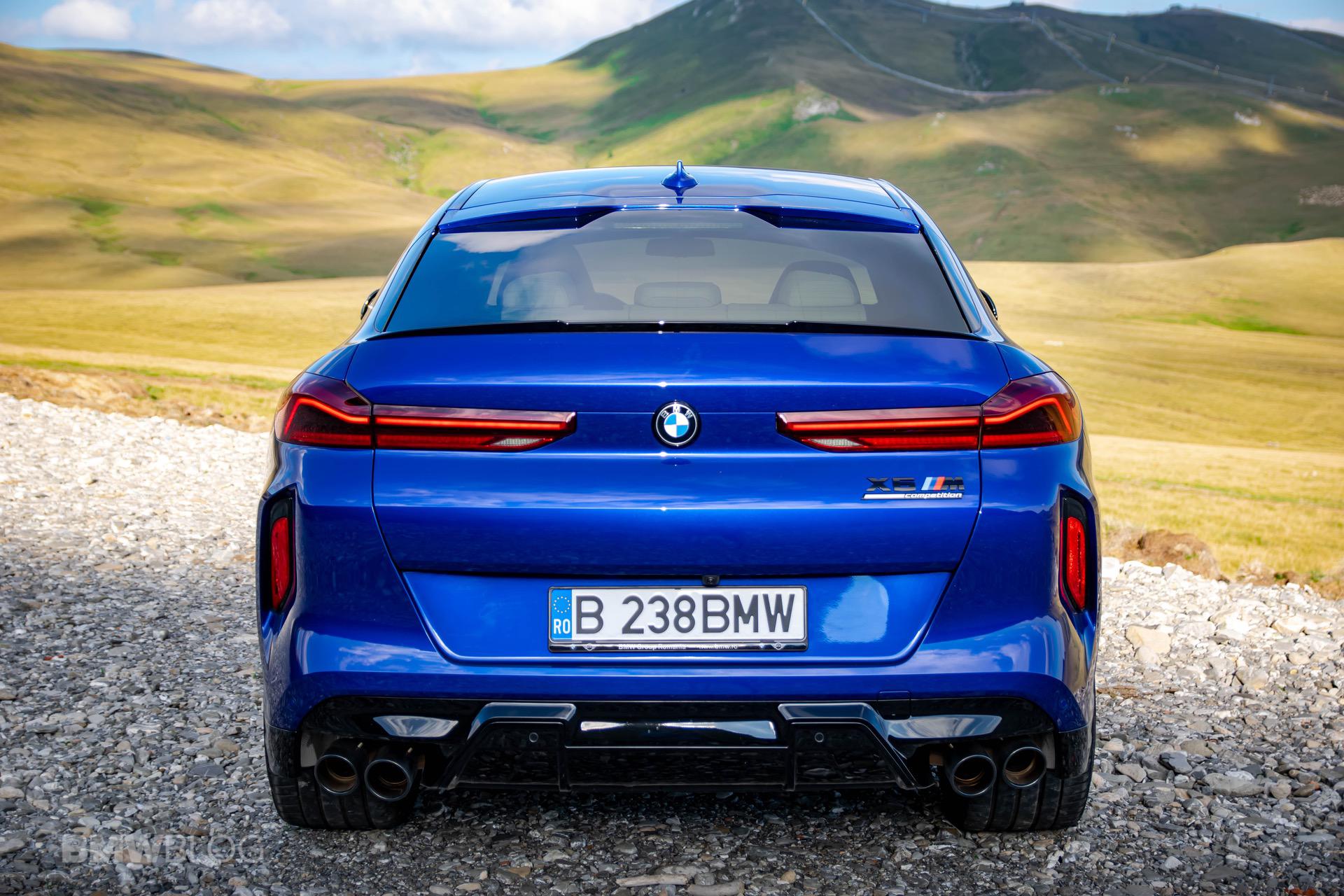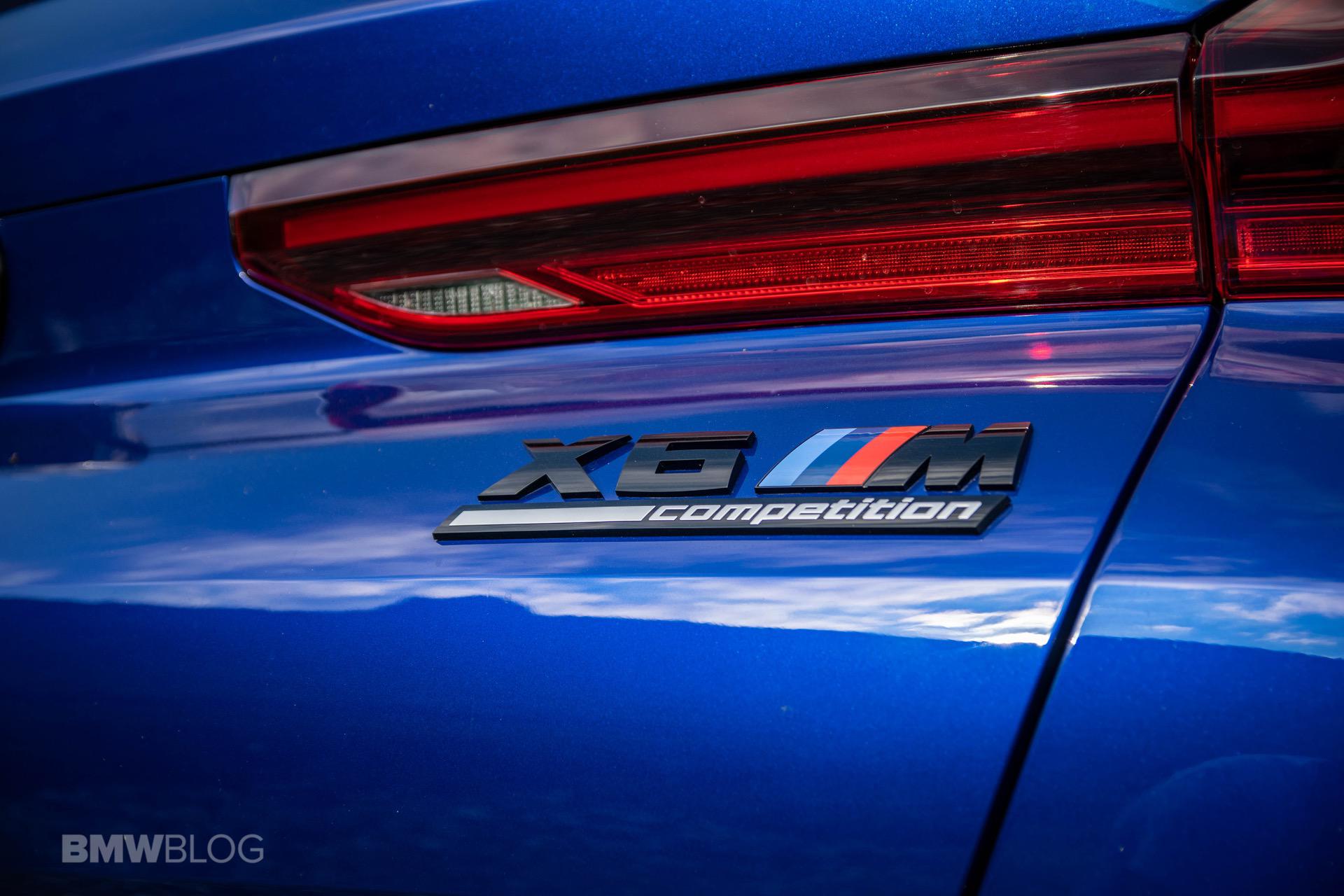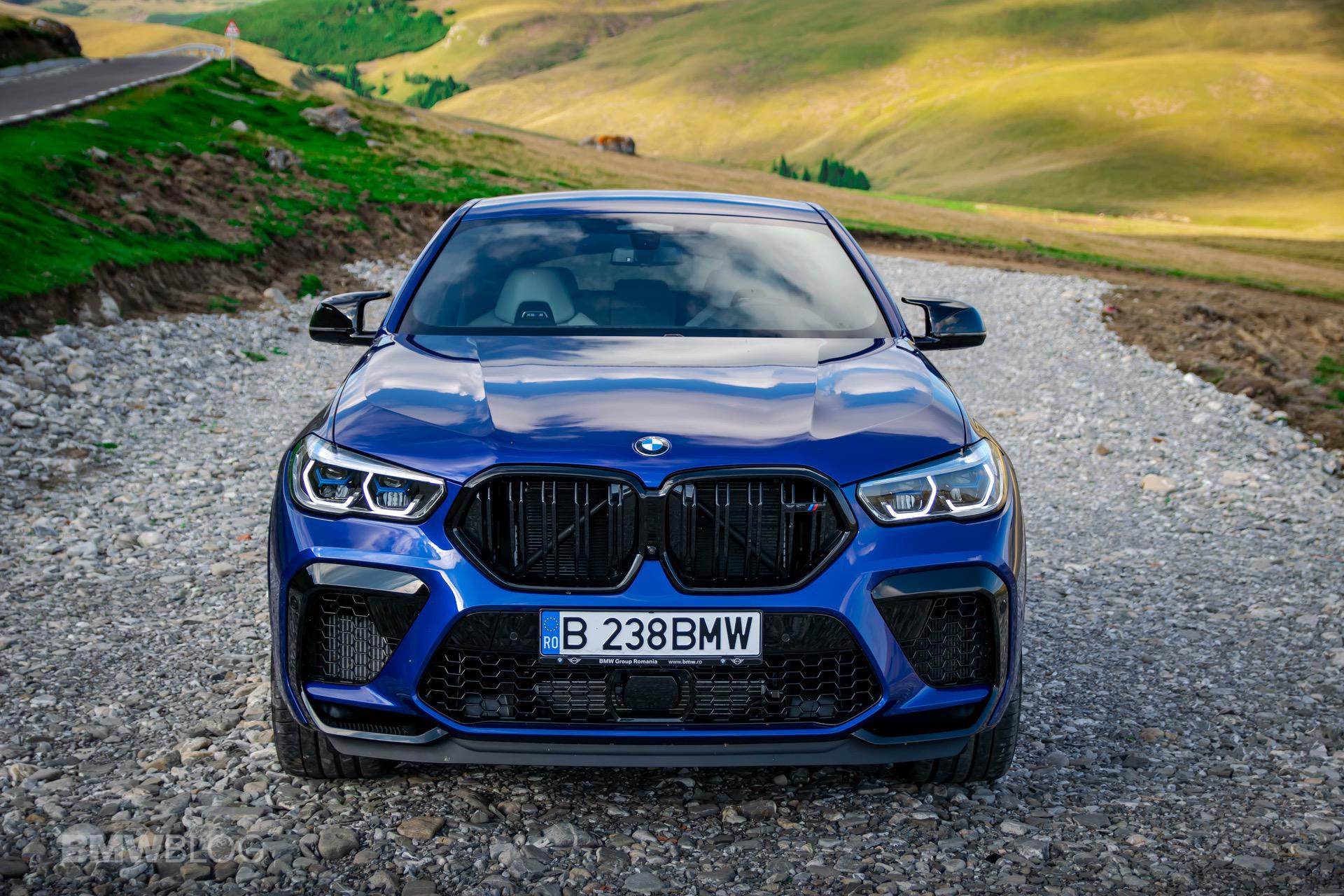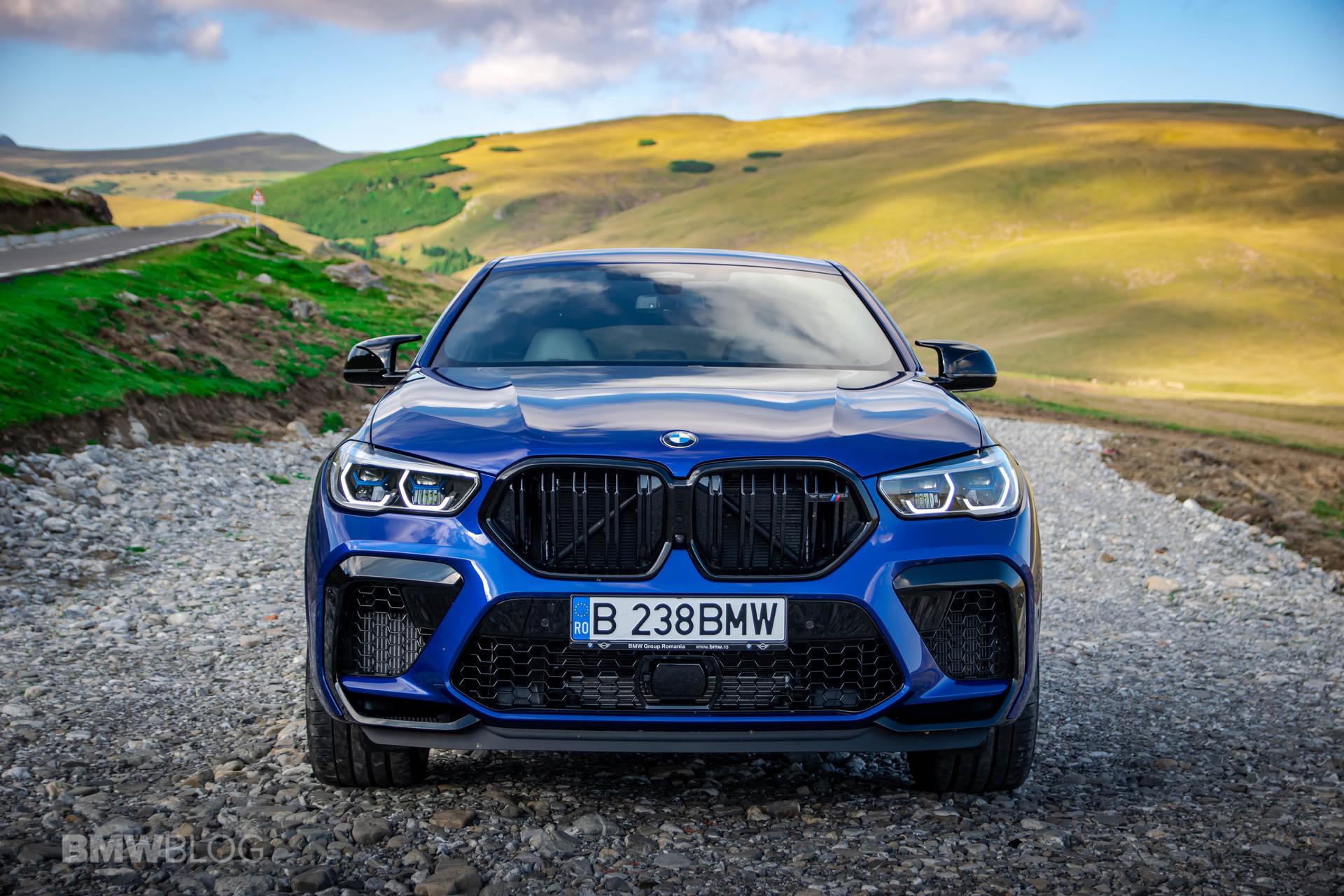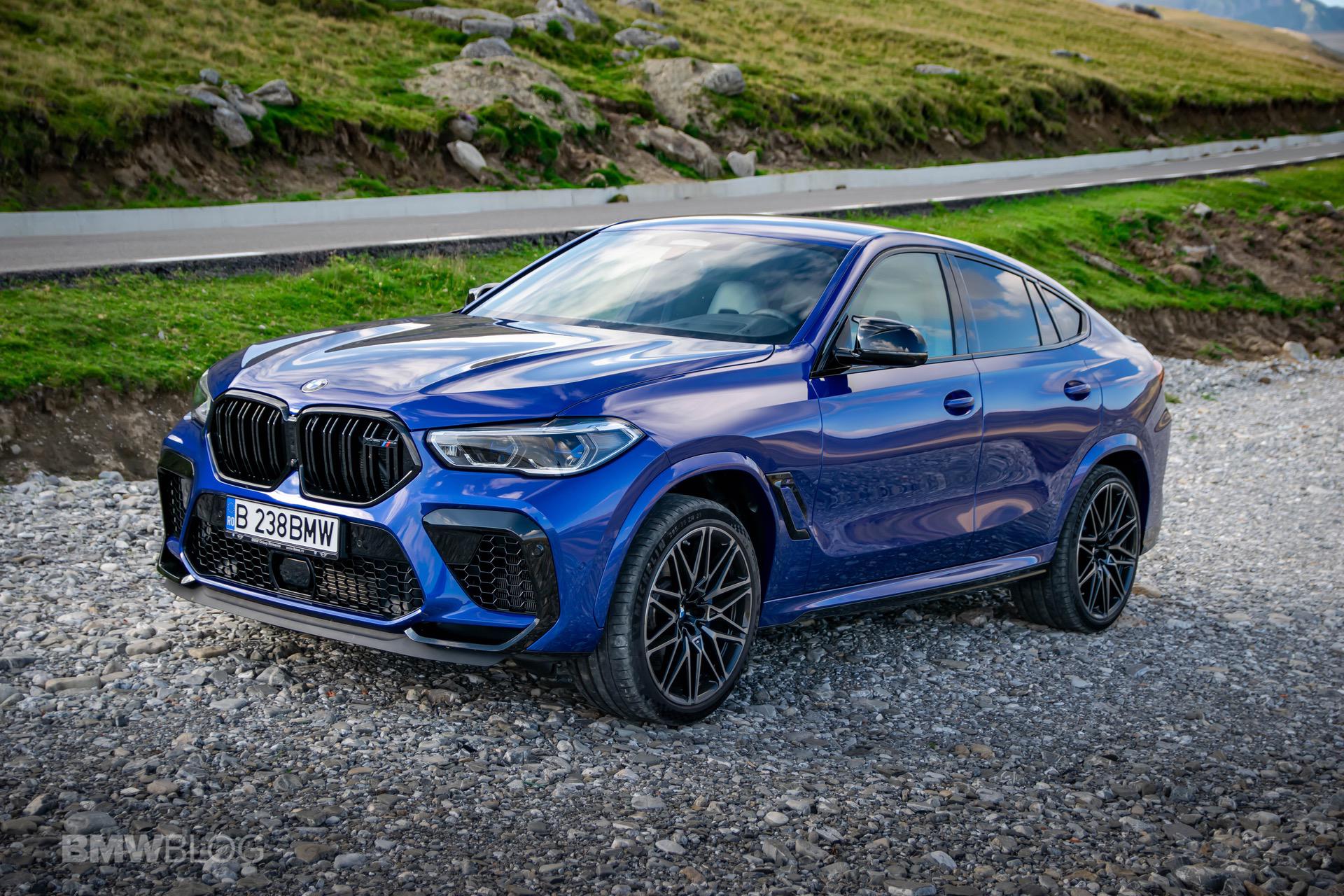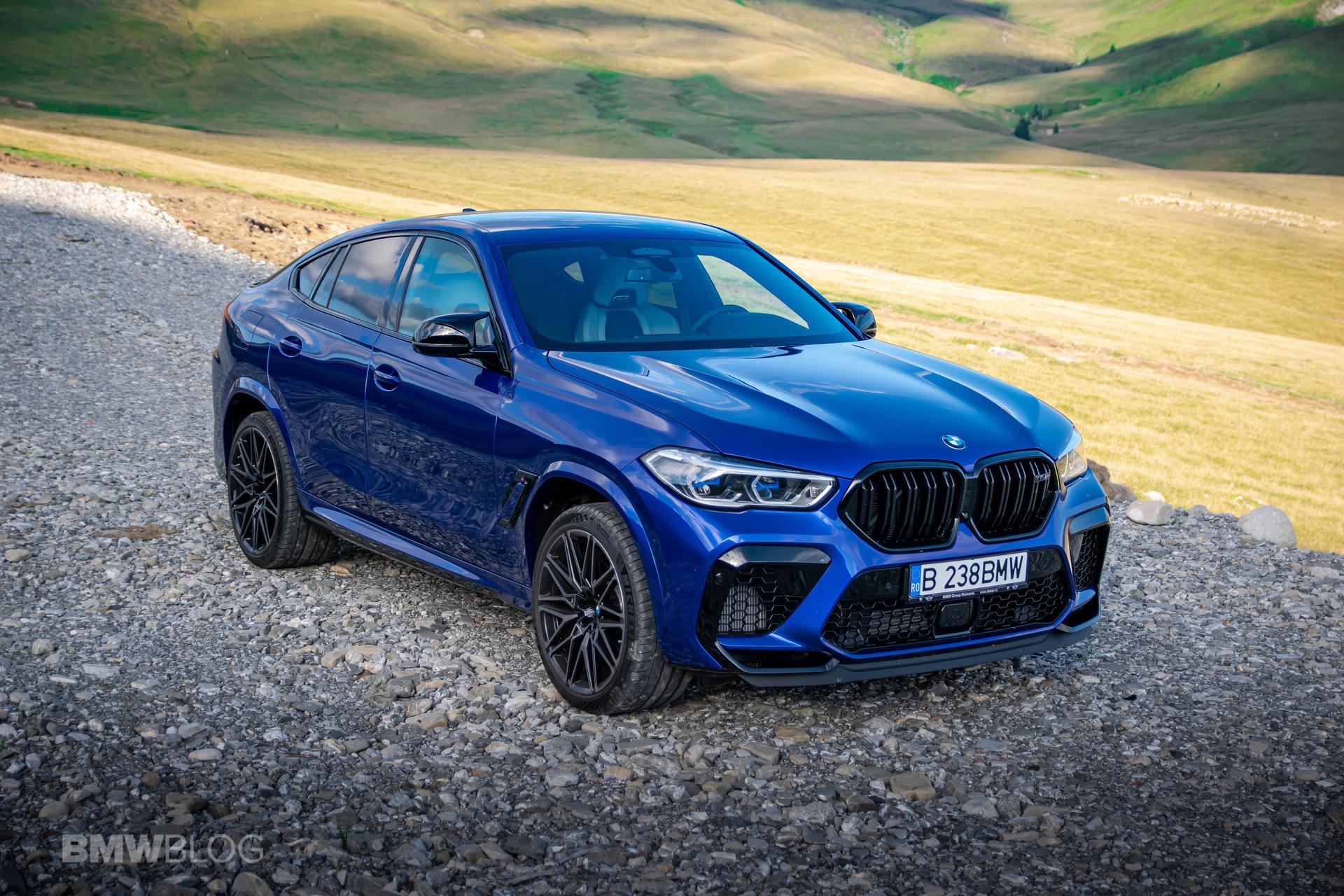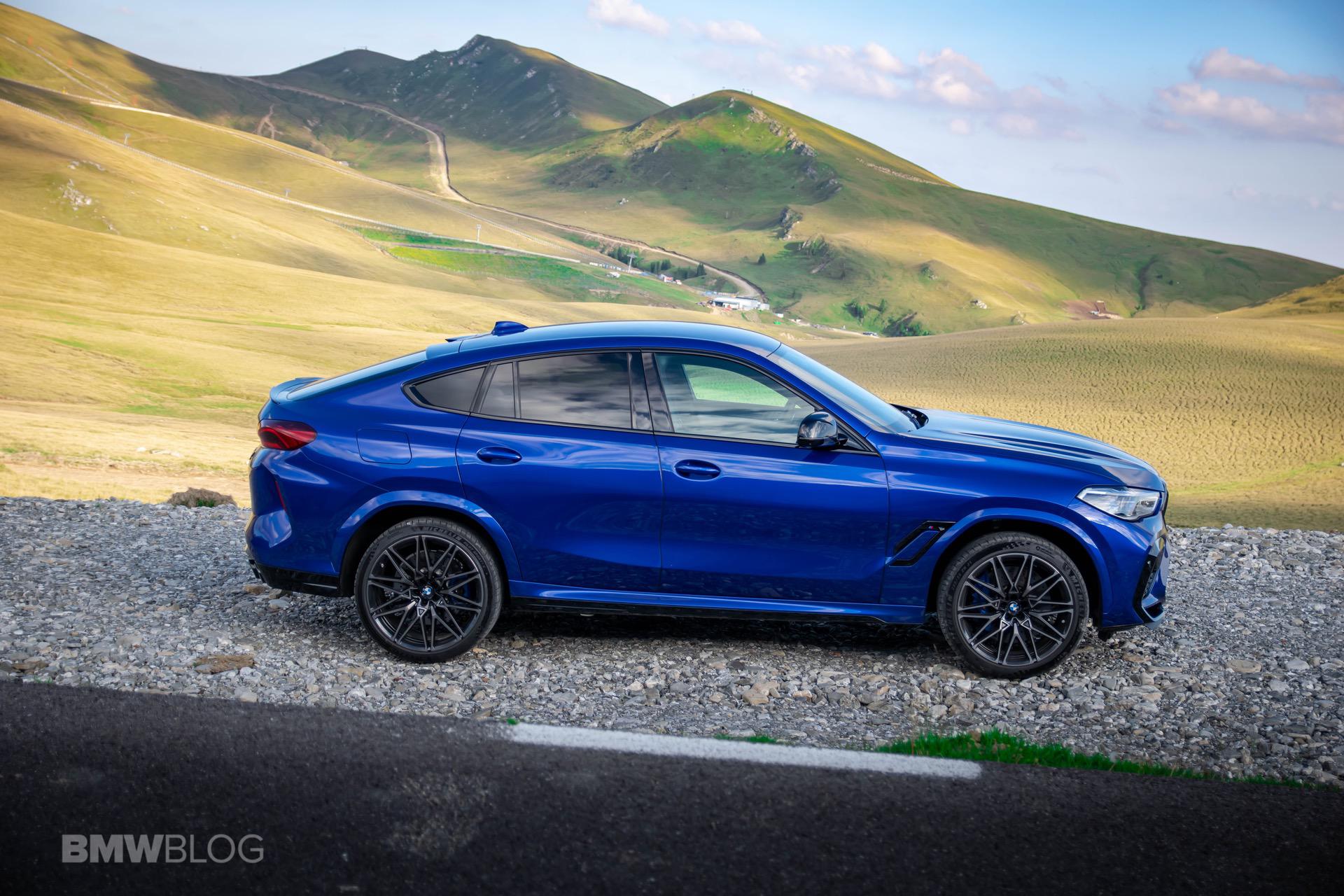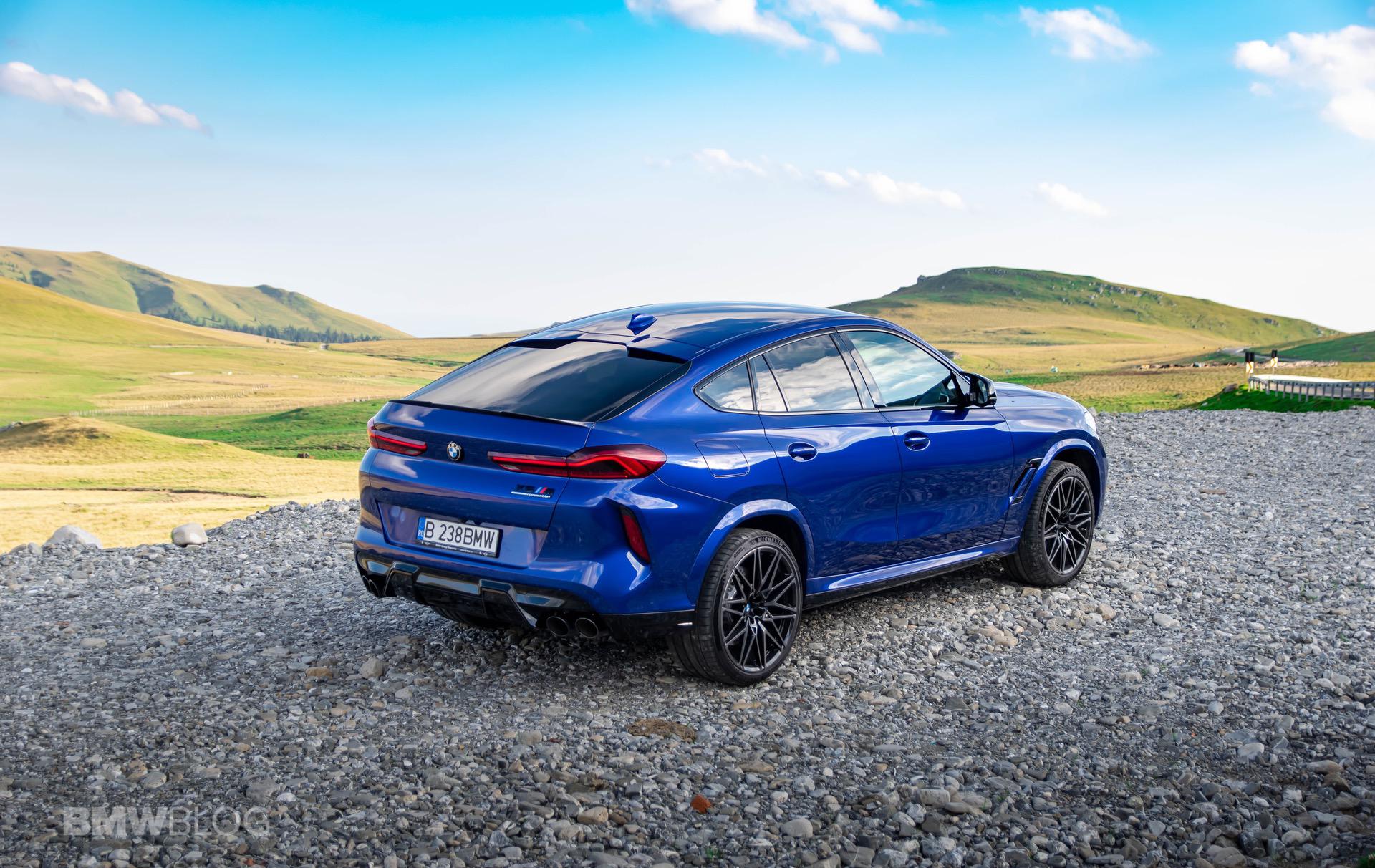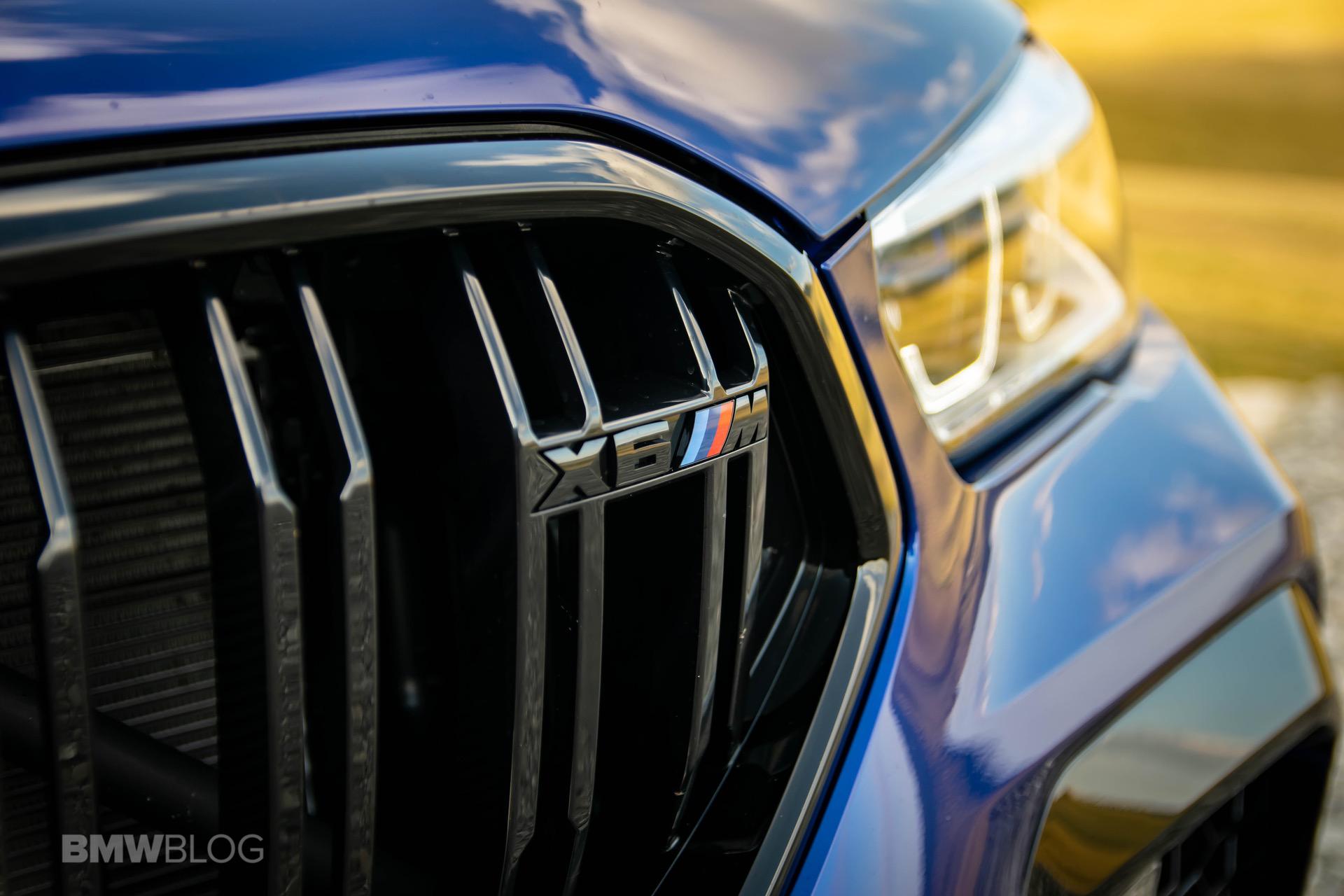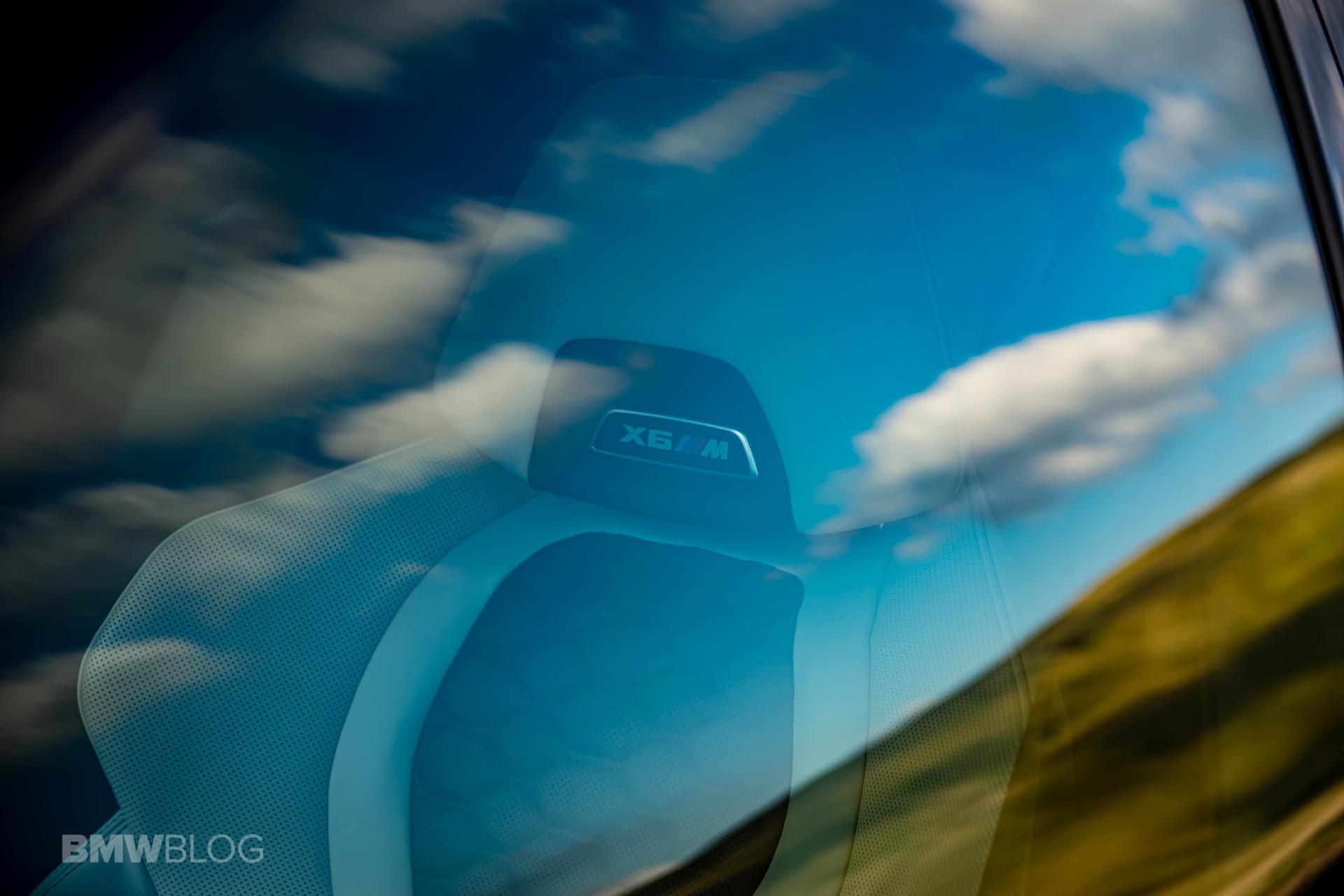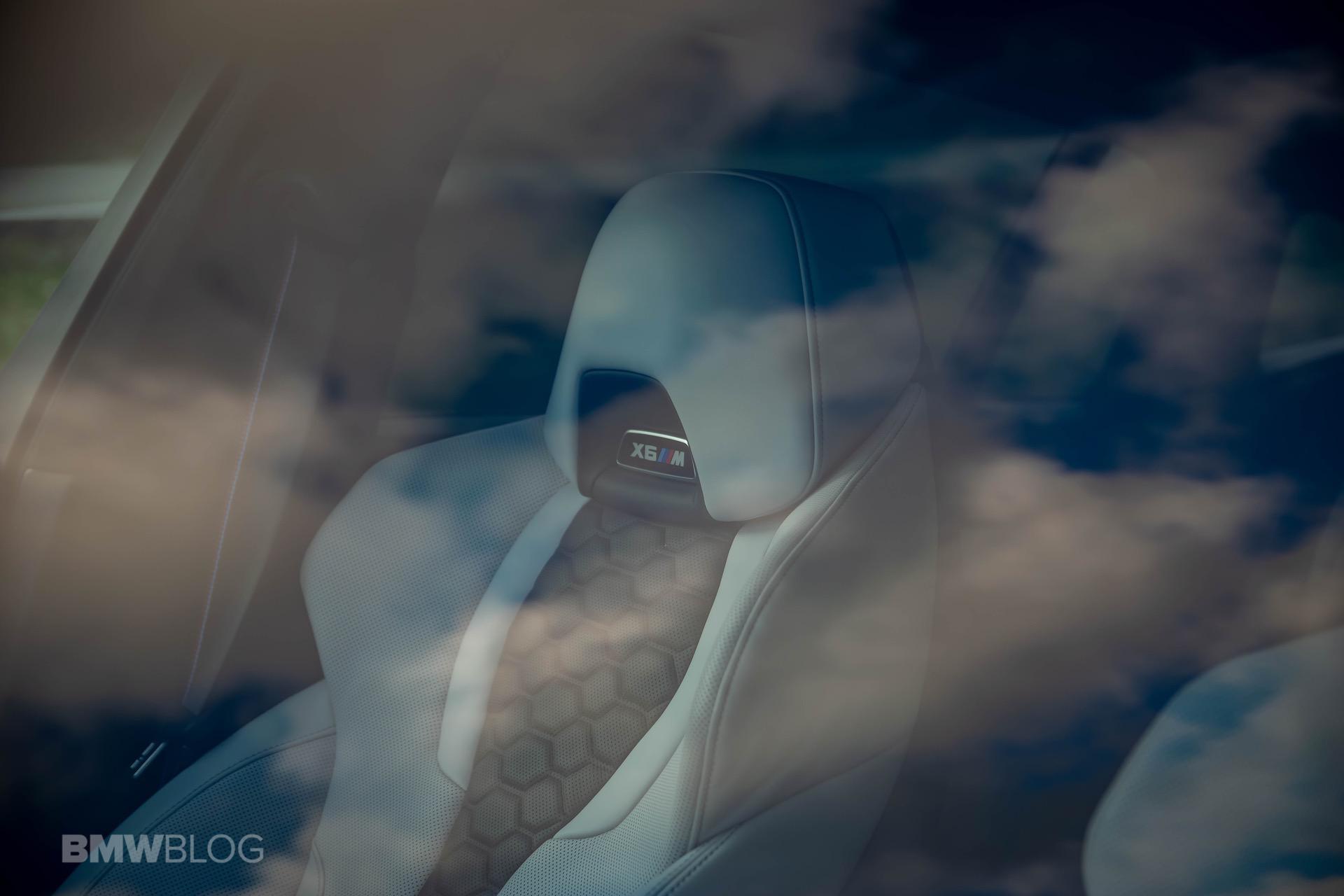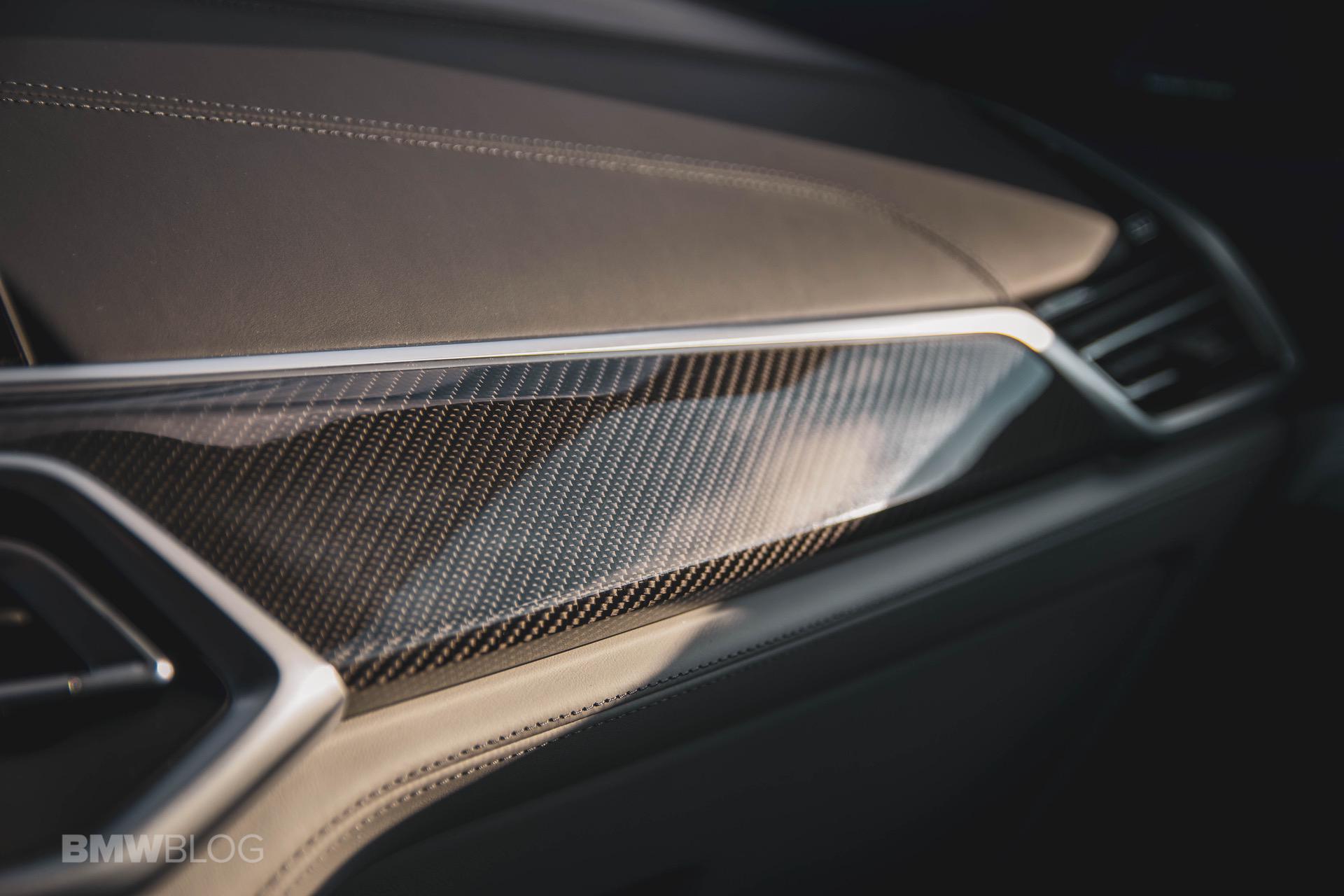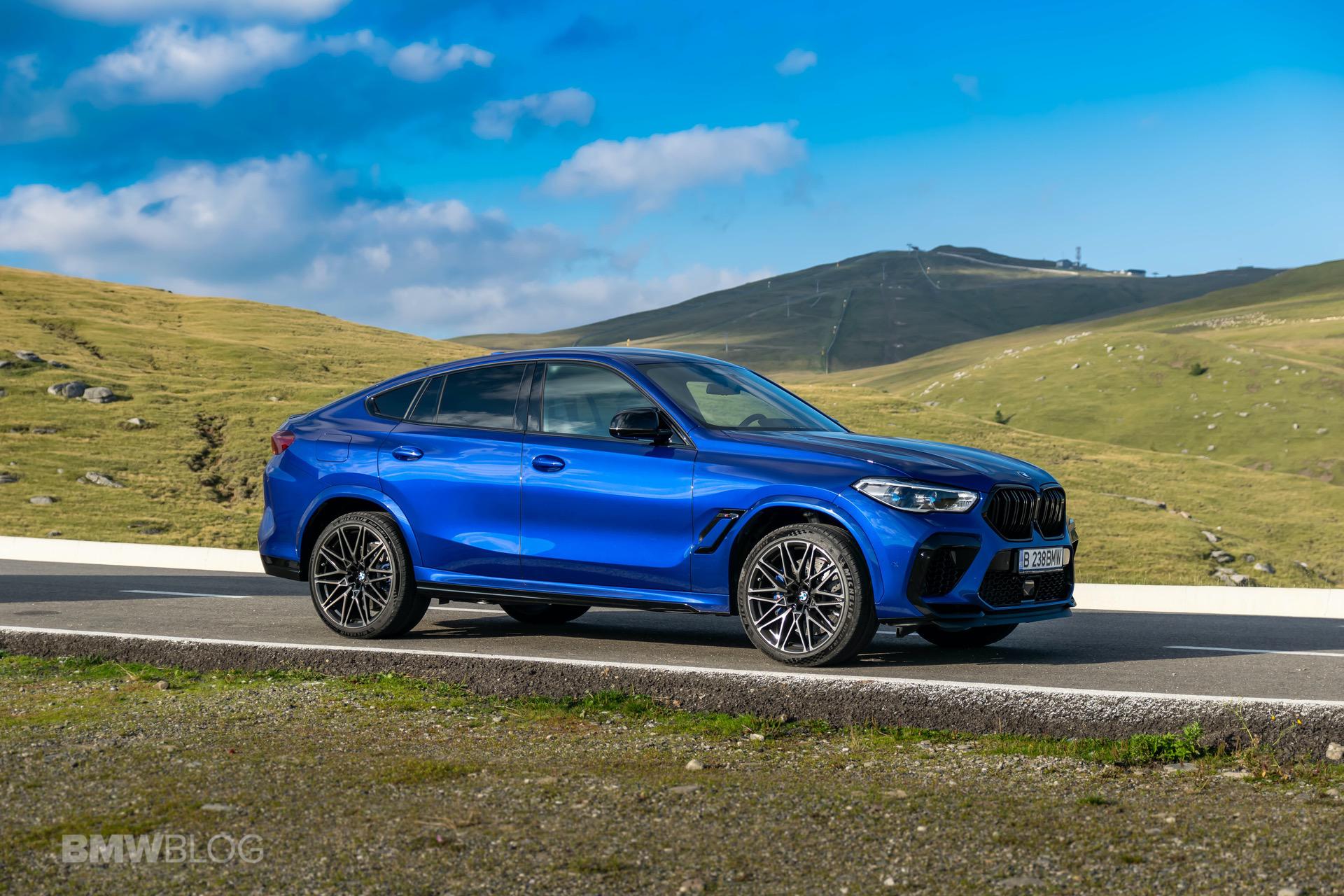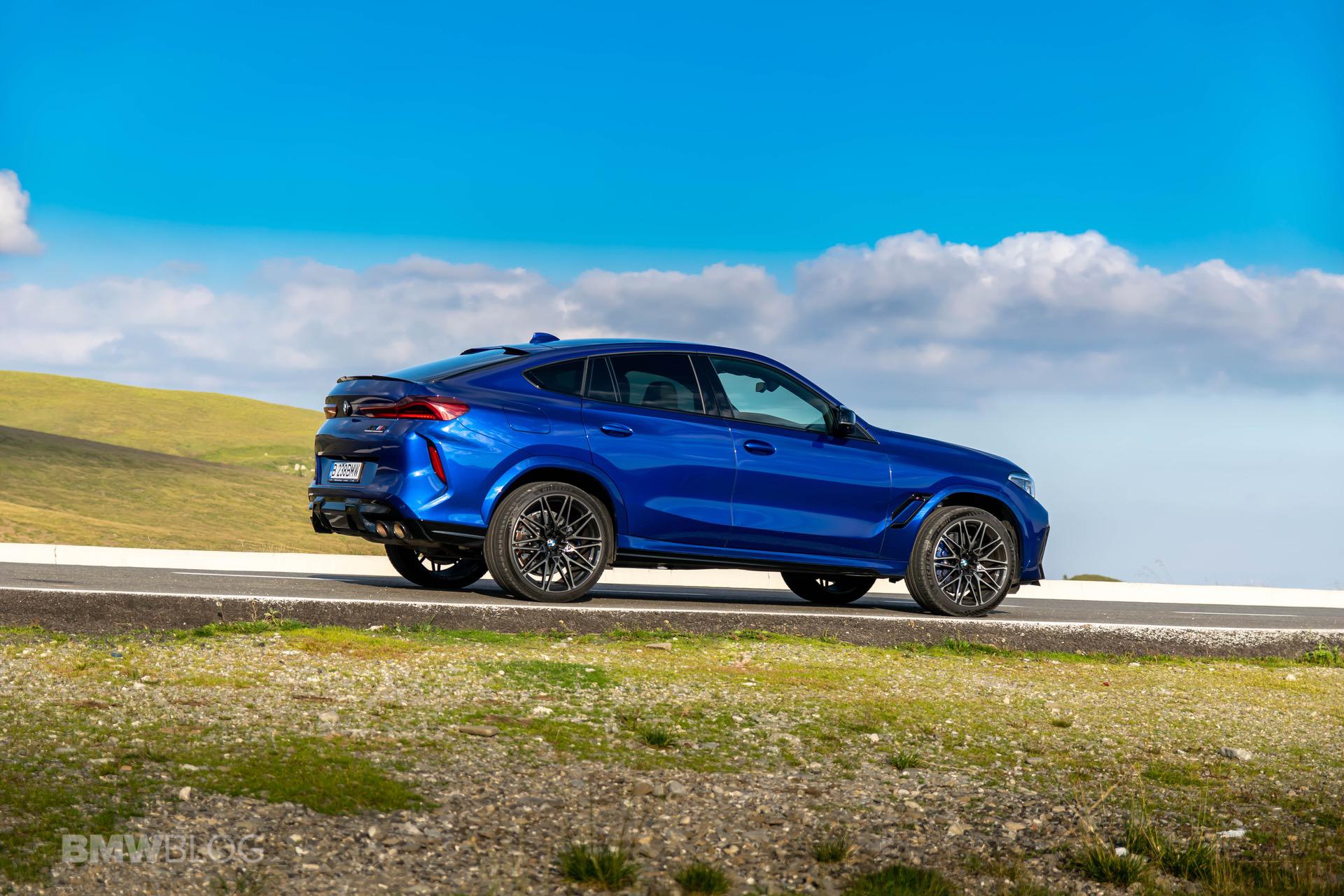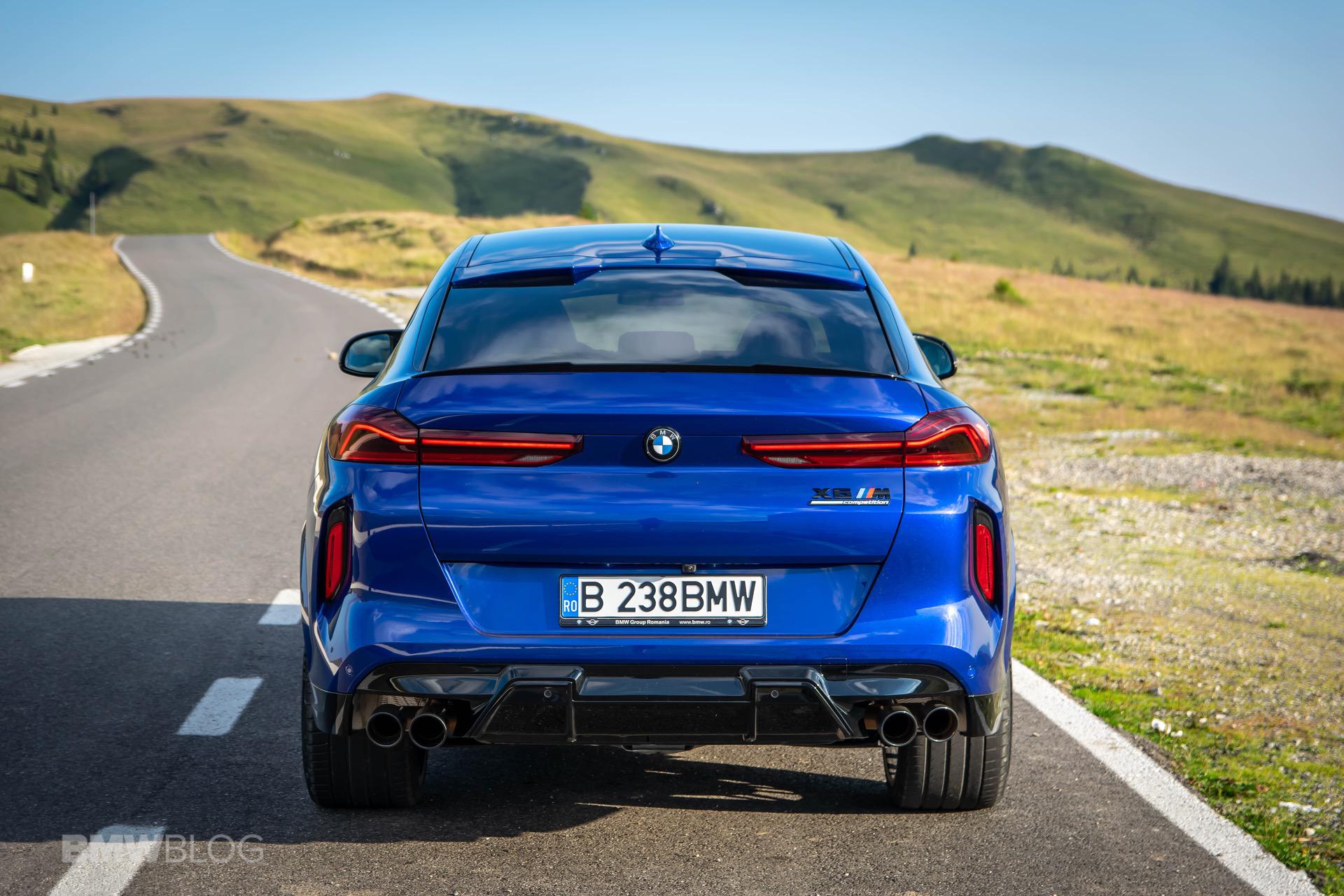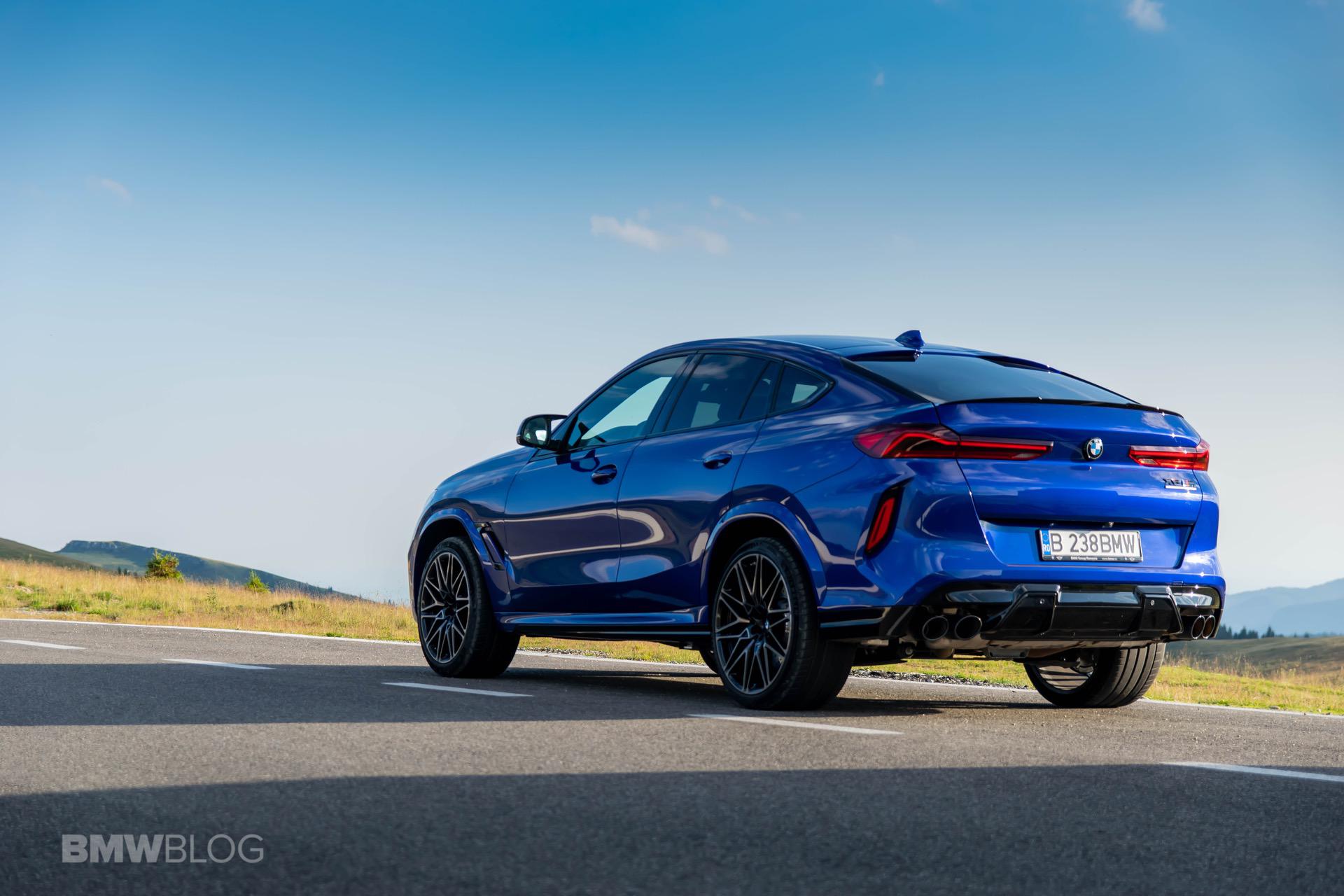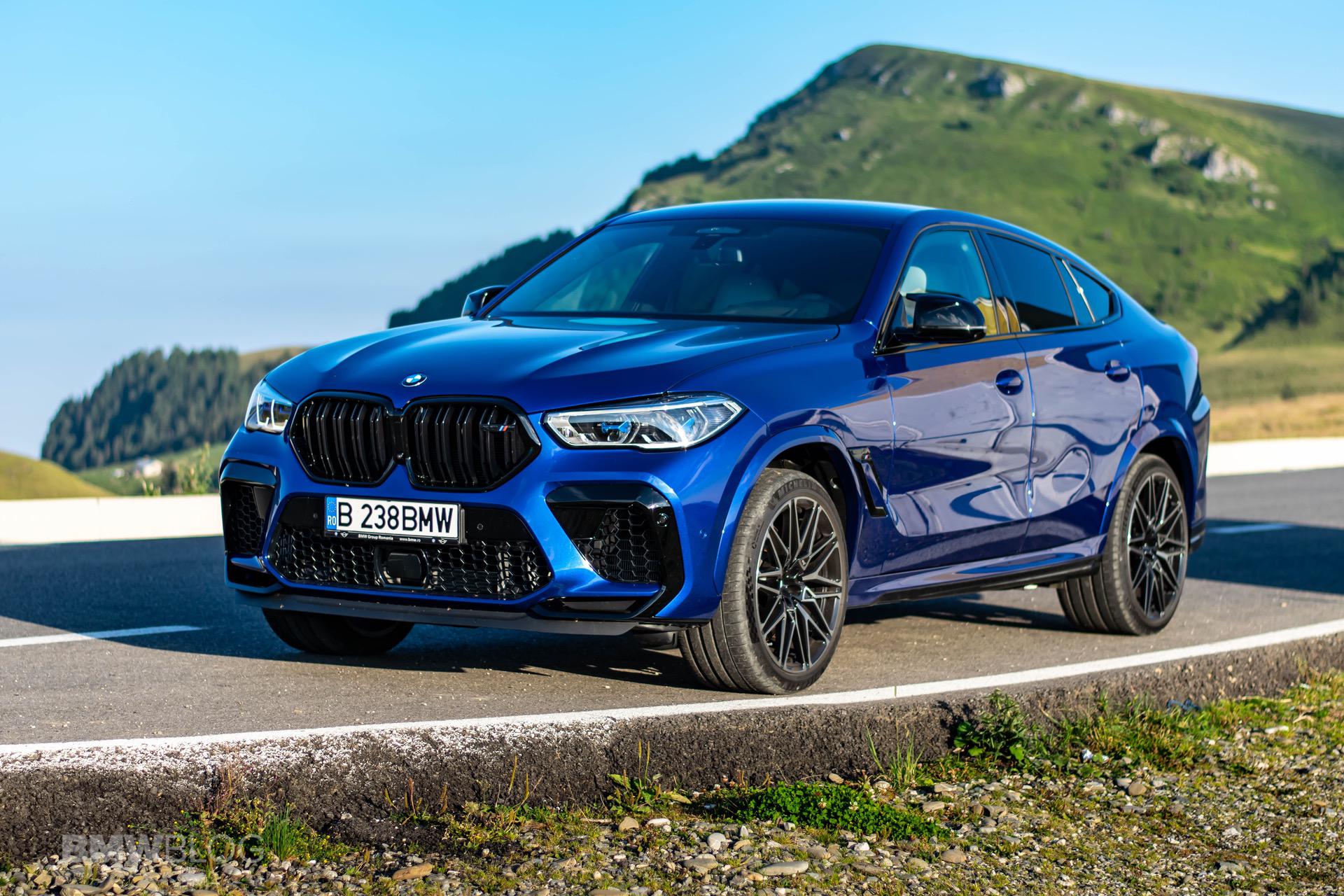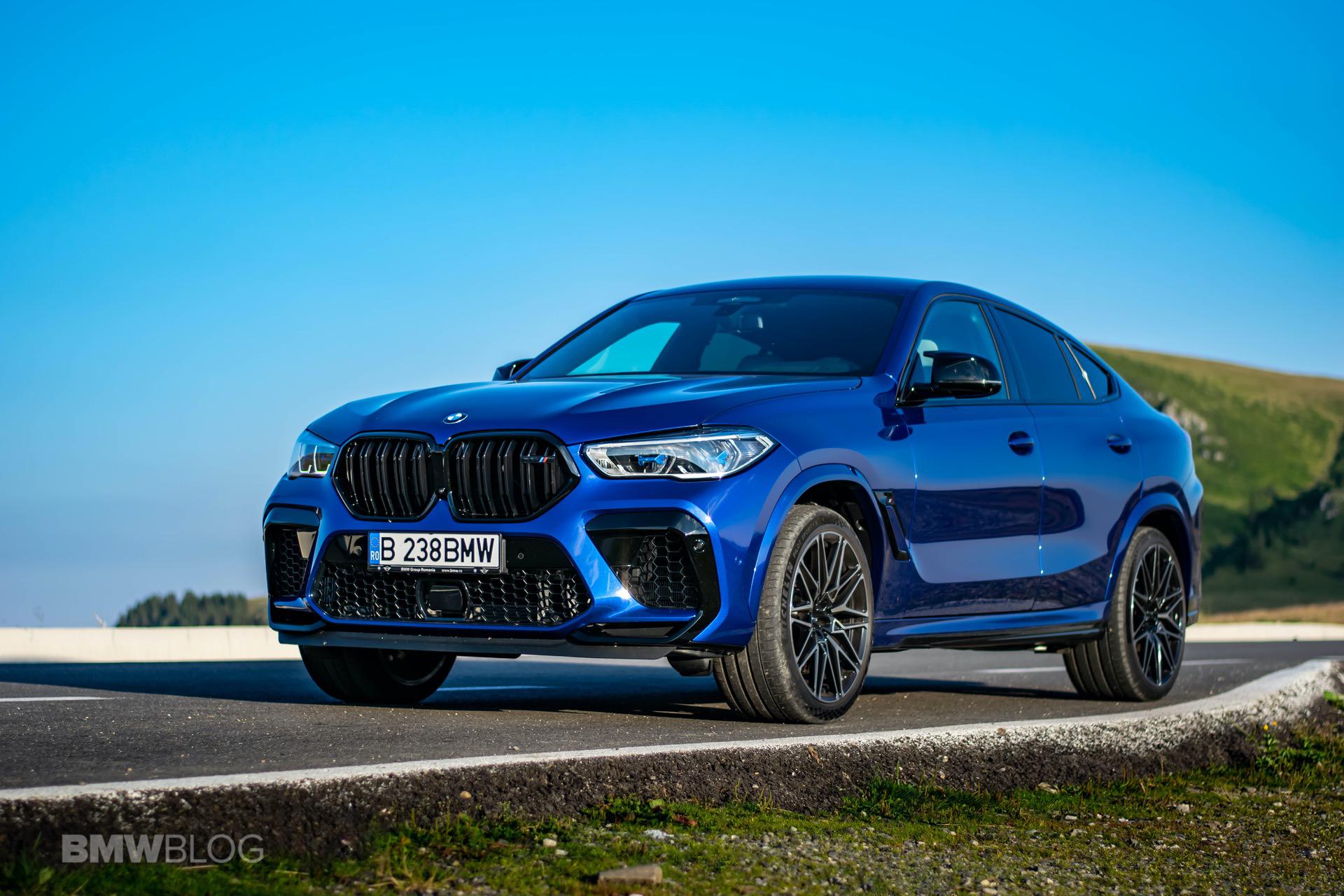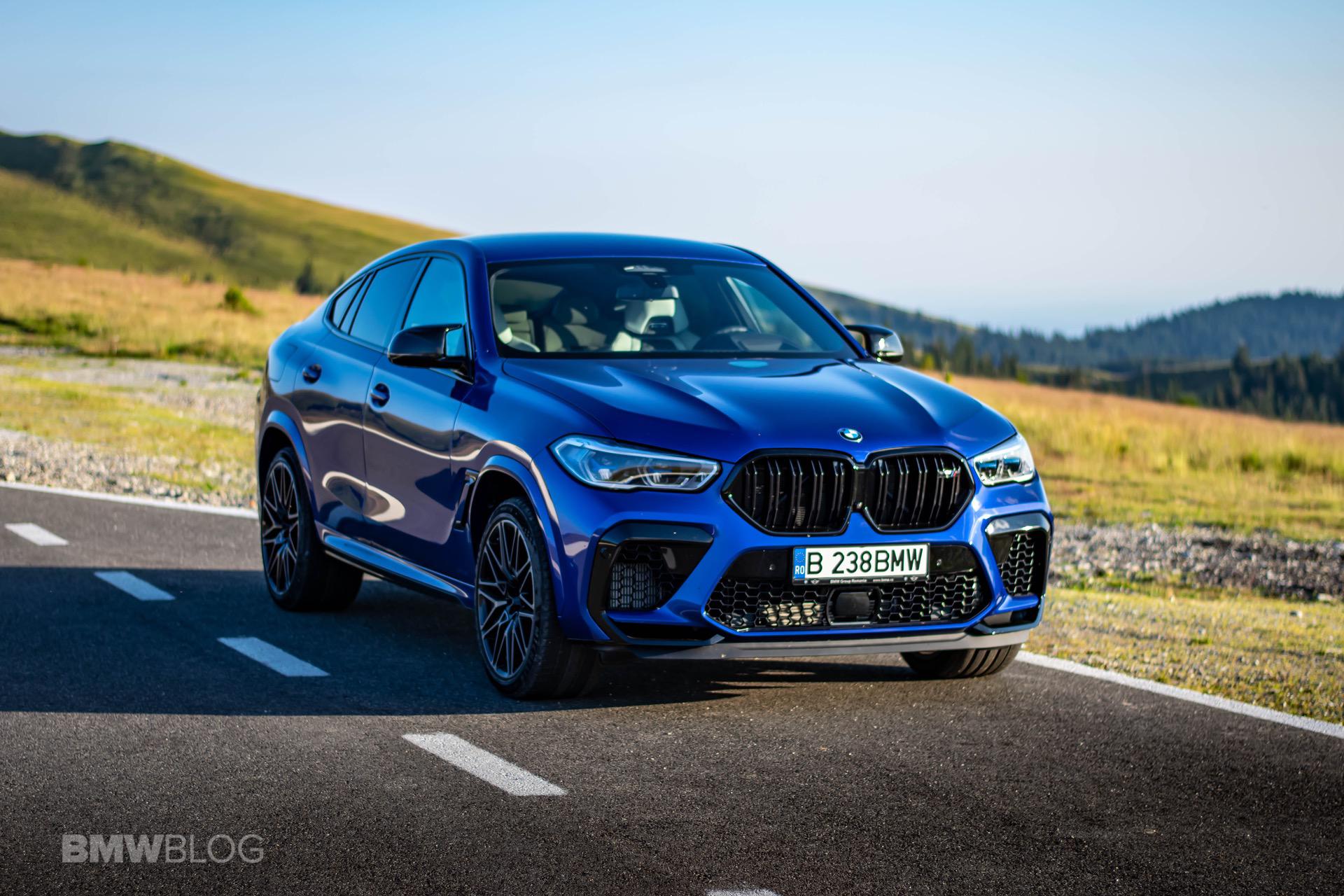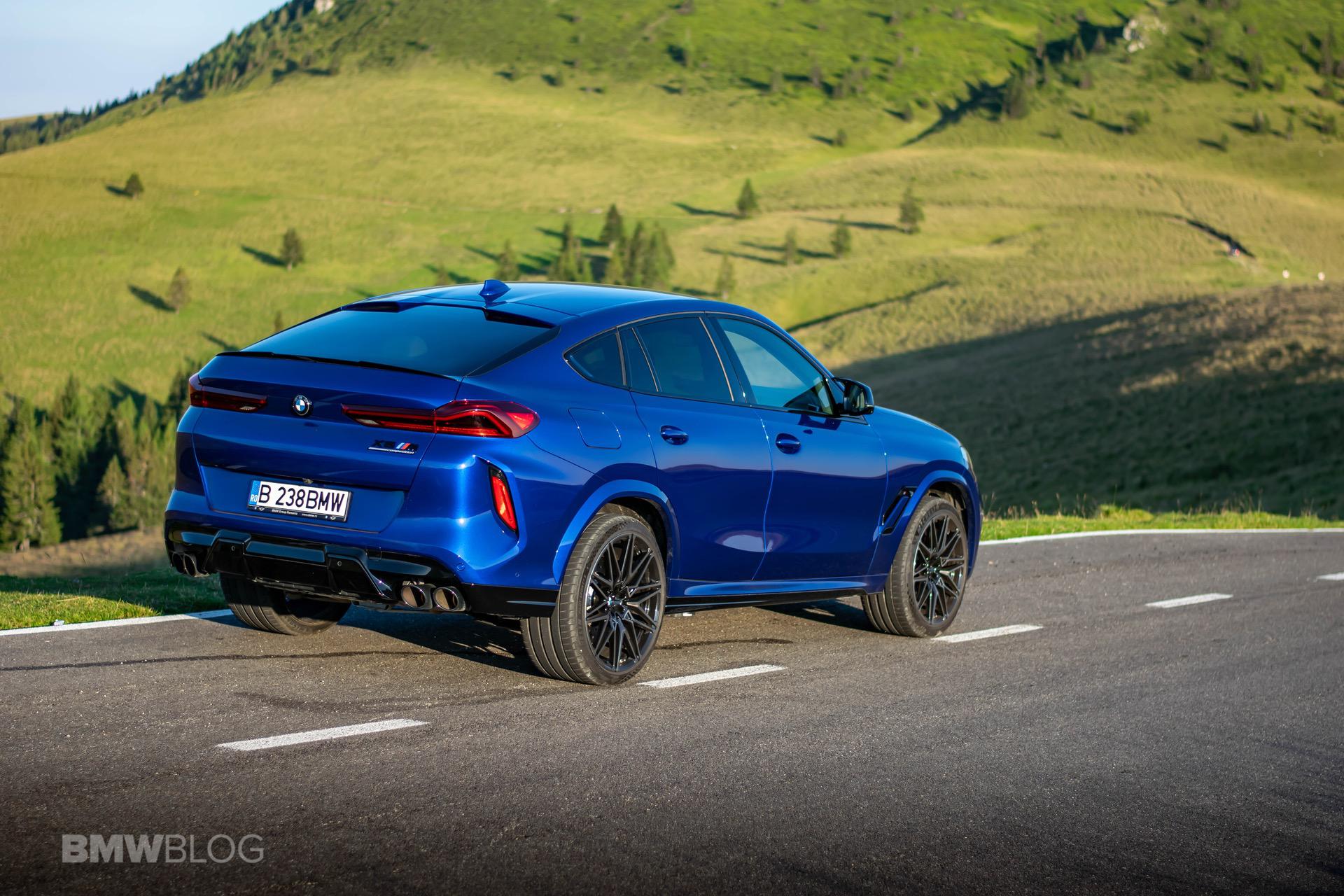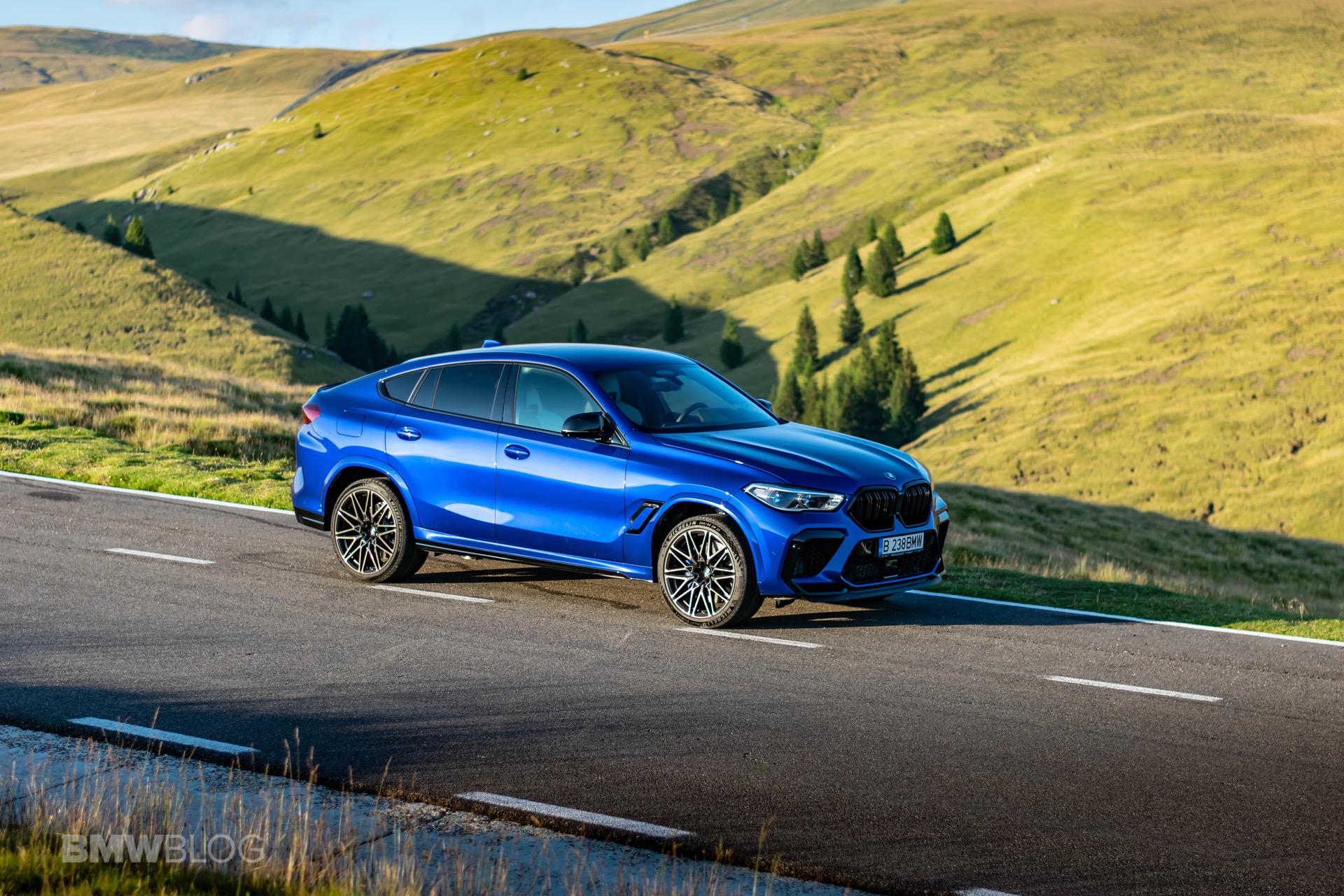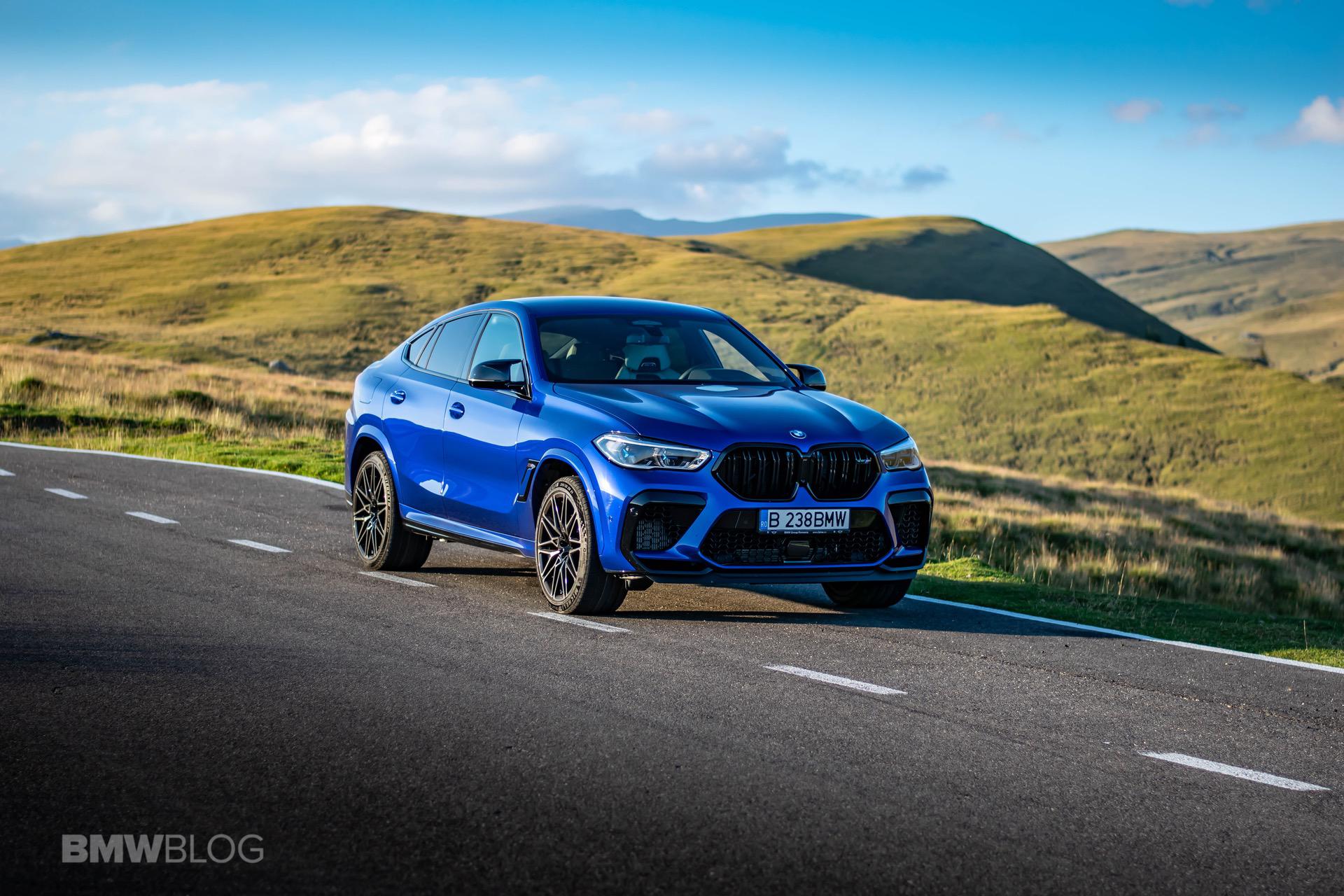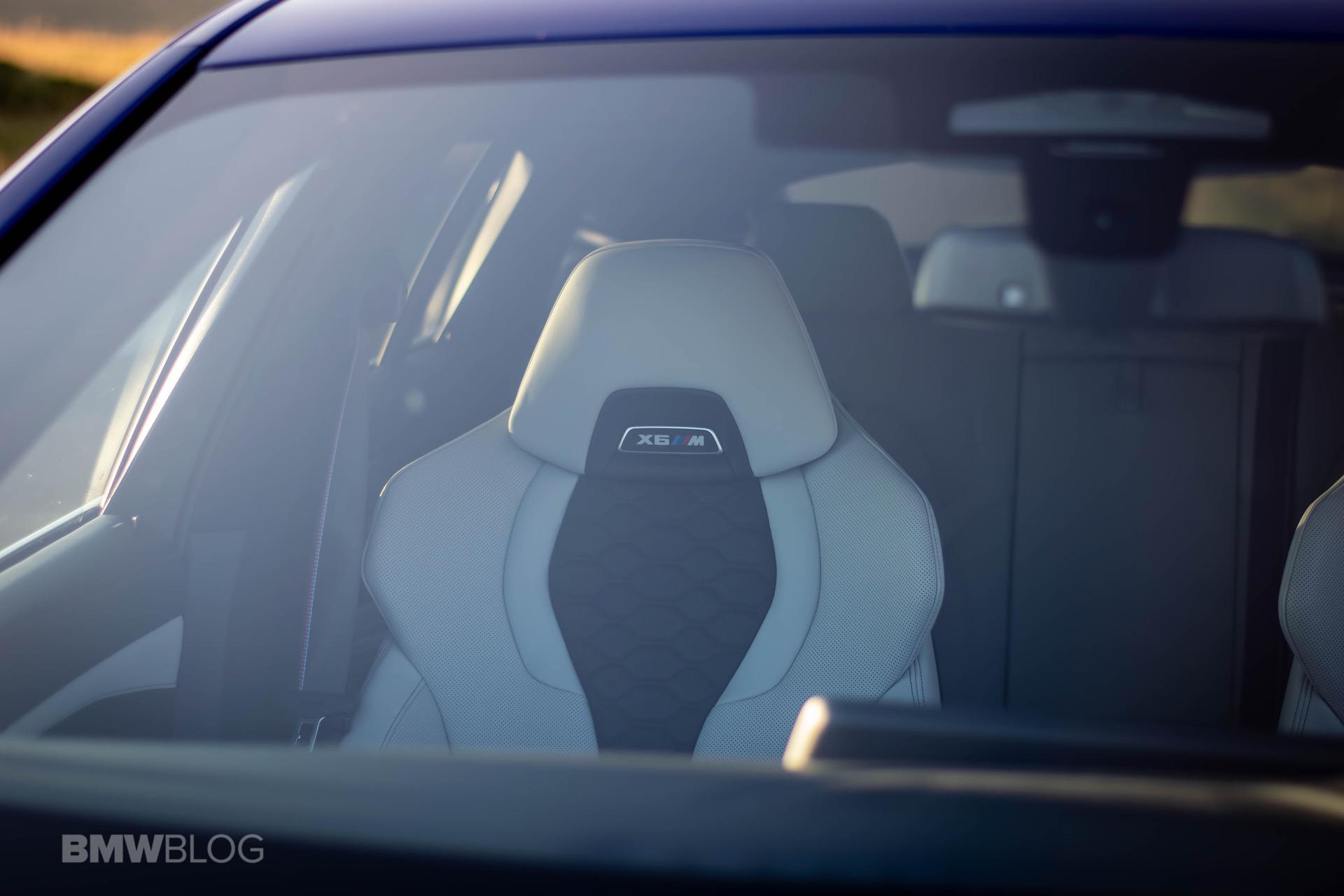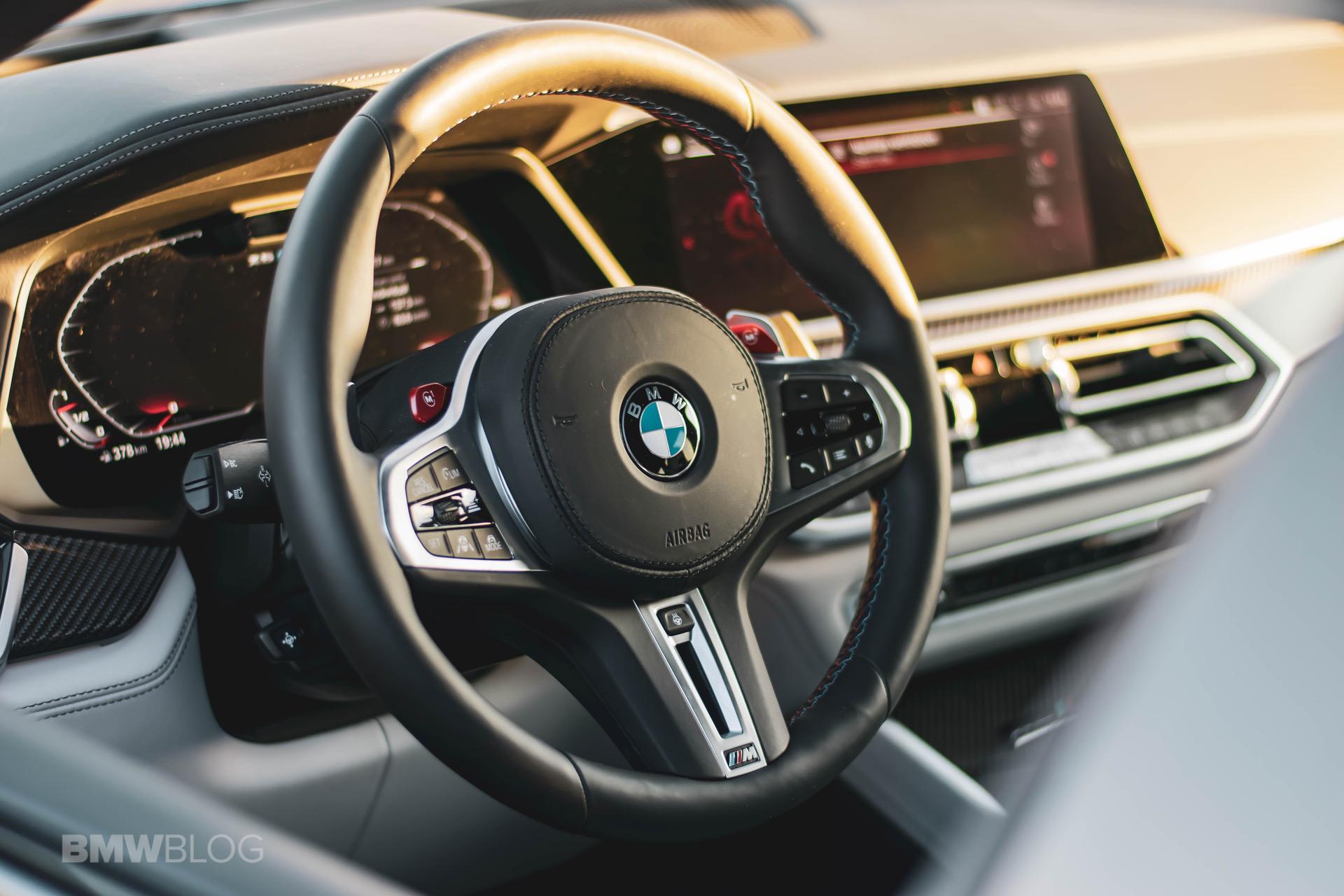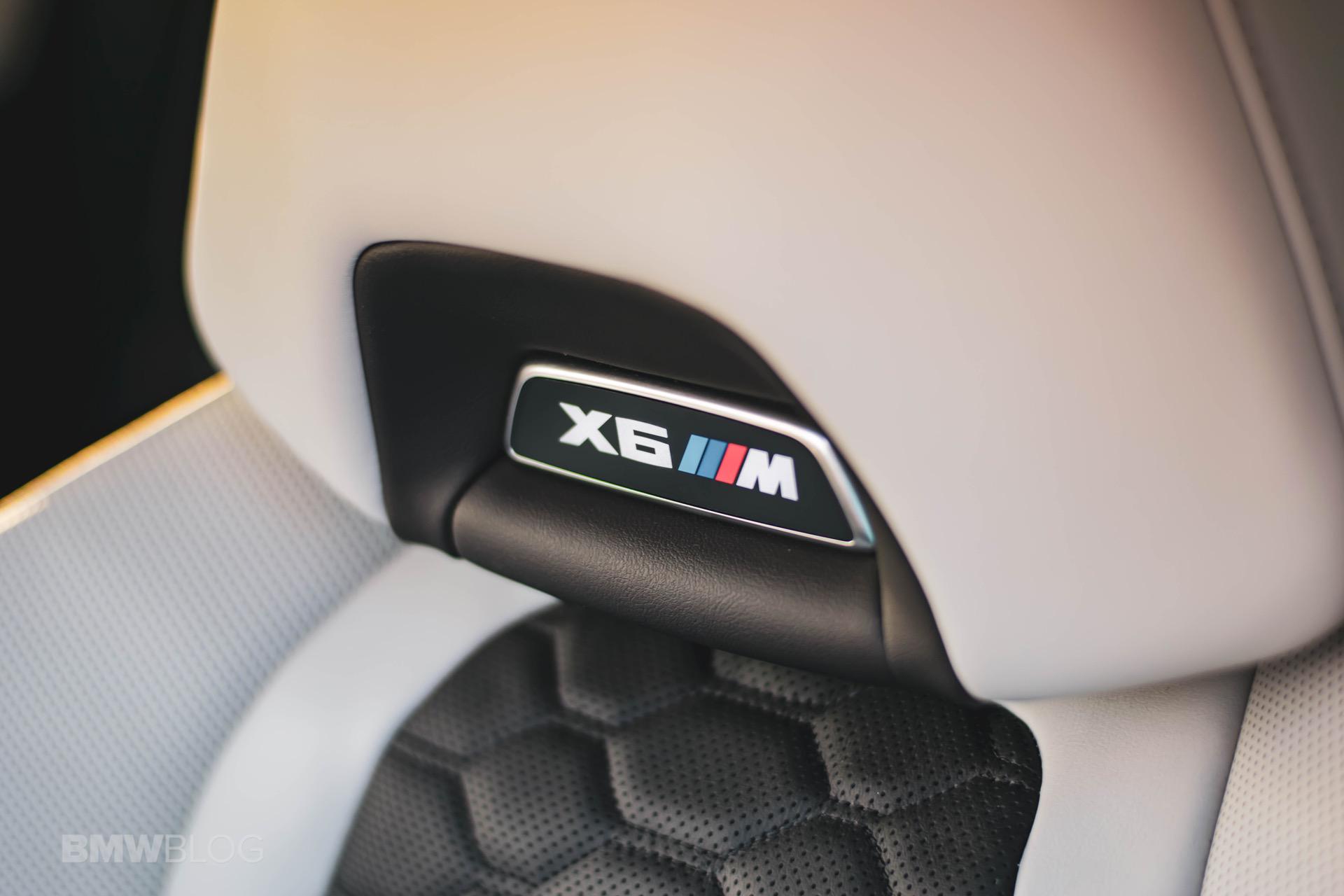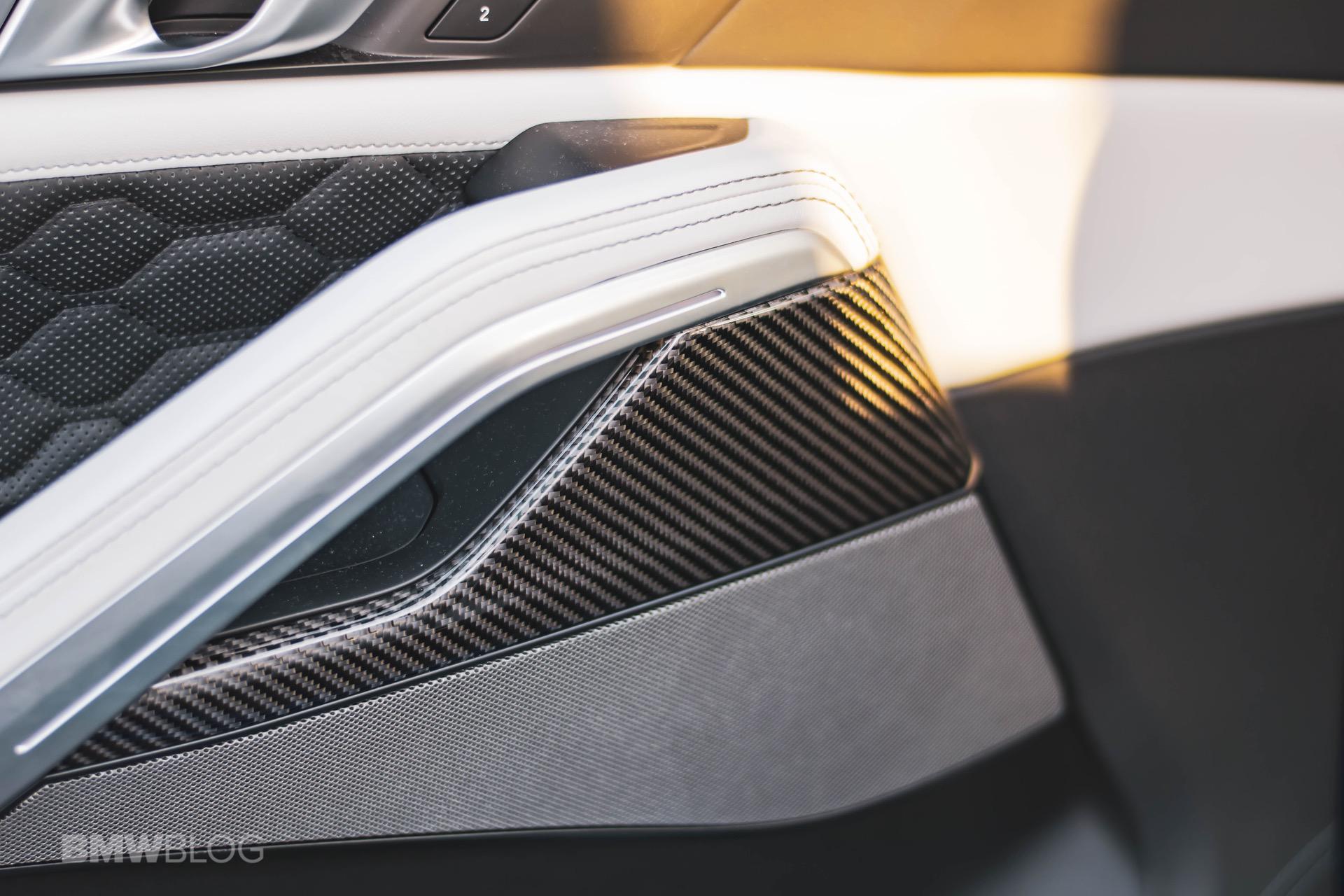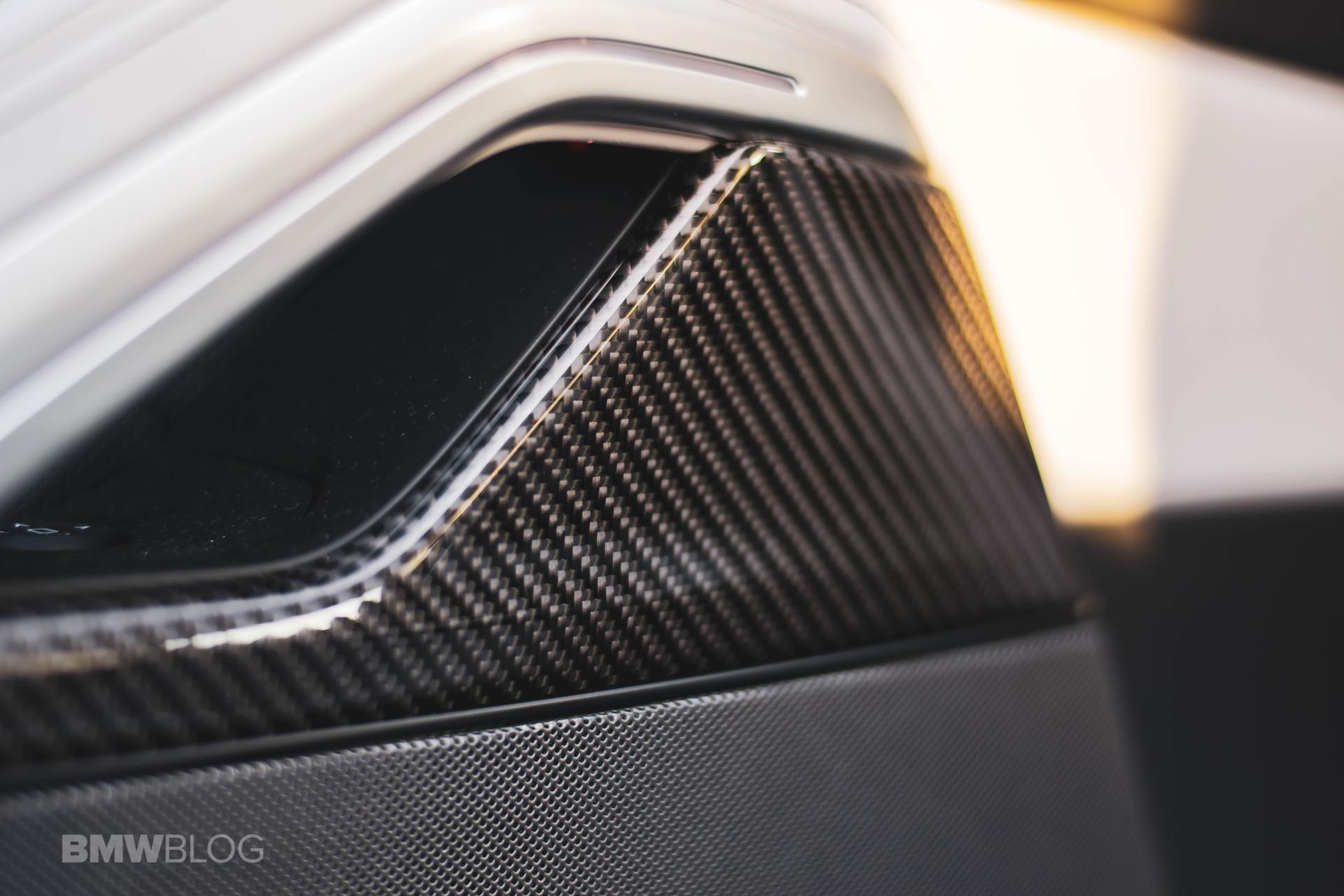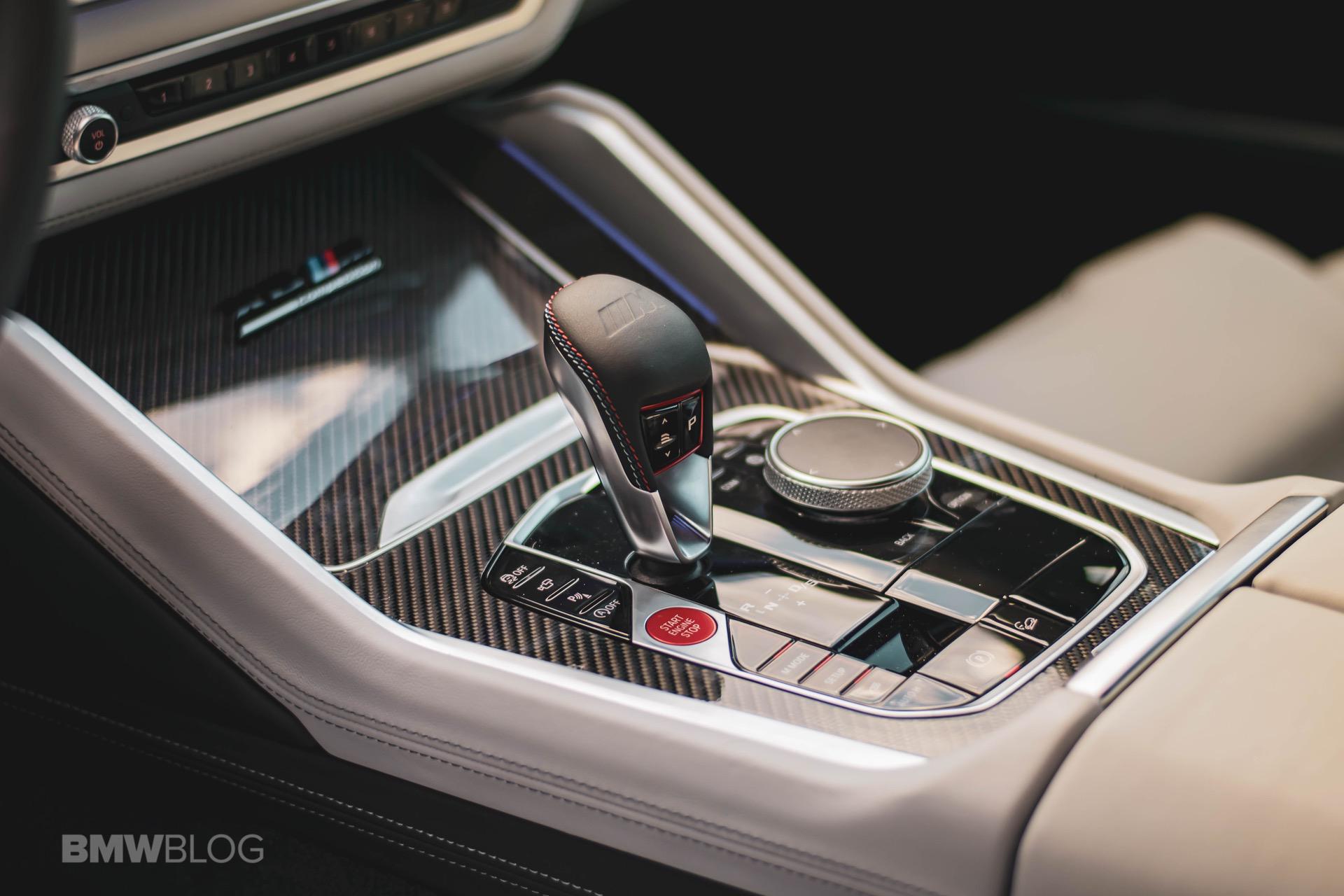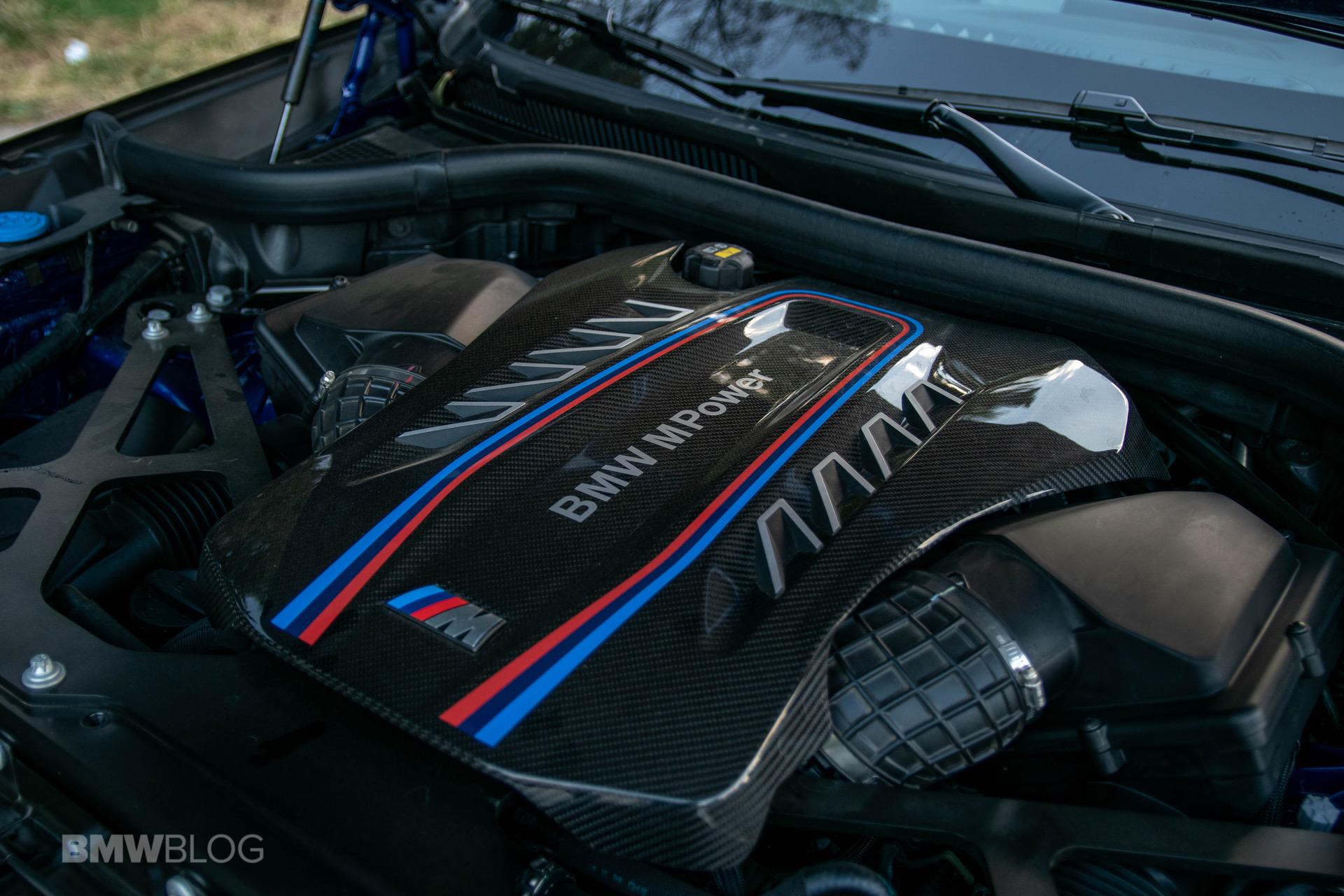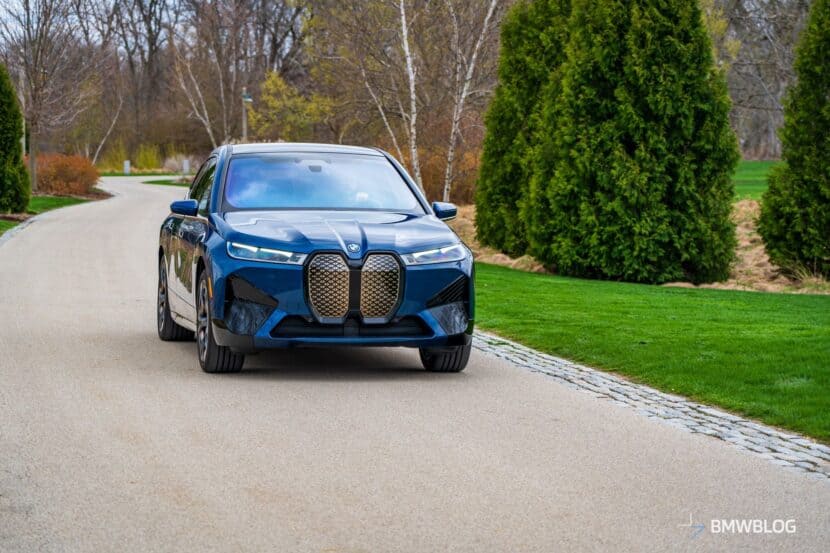The BMW X6 used to be an odd-ball in the automotive industry. In 2008 when the original X6 was launched, everyone was up in anger. Most people were appalled by the new line of crossovers and by traditional rules, they were right. A Coupe SUV just didn’t really sound like something you’d want, just like a convertible SUV feels odd today.
Time and trends have a way of changing our perspective though and what was a peculiar appearance in any car maker’s line-up back then has sort of become the norm right now. If you fast forward to 2020, you’ll notice there’s a rival for the X6 from every premium car maker out there so there’s definitely a market for it.
The SUV Market Continues To Grow
BMW upped the ante even more in 2010 when the first X6 M model was launched. This was an even worse offense in the playbook of many Bavarian fans. As if making an SUV with a Coupe roofline wasn’t enough of an insult, sticking the M badge on it made things 100 times worse.
You need to remember that no longer than 12 years ago, using the M badge was still reserved for nimble, small, agile cars, not SUVs. And yet, today, having an M SUV feels like the new normal, nobody really bats an eye at this kind of prospect anymore.
Furthermore, customers have actually been asking for an X3 M model for quite some time. Why, you ask? Because SUVs are in fashion. Period.
Three Generations BMW X6 M In 12 Years
But the X6 M is a special breed though. Unlike other M models, the X6 got a full-on M version from its first generation. Few other cars in the BMW history can say that as well and that puts it in great company. Furthermore, the X6 M has always been powered by the same engine, albeit with some changes, this being rather unique in the history of BMW M cars.
Admittedly, the BMW X6 M doesn’t have a long history either. Over just 12 years, BMW launched three generations of its Sports Activity Coupe, making it one of the most often ‘refreshed’ cars in its history. So seeing the same 4.4-liter twin-turbo V8 under the hood is not all that peculiar. Notable changes have been done to the platform though, making the third coming of the first ever M SAC in Munich more capable in all situations.
The current generation shares a lot of its underpinnings with the rest of the F9x M models. As a matter of fact, it seems like BMW is proud of that drivetrain that decided to offer it on a wide range of cars, from sedans to coupes and convertibles and now SUVs.
The Design – You Either Love or Hate It
But on the outside, things are a bit different. Design-wise, when it comes to the X6, there seems to be no middle ground. This is a perfect example of that famous “love it or hate it” scenario. Yes, looks are subjective and the X6 polarizes the two belligerent sides on the Internet quite a lot. For this third generation, BMW wanted to separate the X6 a bit more from its more utilitarian brother, the X5, and gave it a unique face.
While some cues might be controversial and open for discussion, after driving the 2020 BMW X6 M Competition for a week what I can definitely tell you is that this car has a lot of road presence. The front-end is bulky, massive and aggressive. It’s dominated by lots of air intakes of all sorts and there’s no sight of the mesh grille anywhere on the front fascia.
The kidney grilles don’t close – ever – and they have double-slat bars, the front bumper houses three huge intakes and all of them have radiators behind them. The car we tested had all blacked-out surrounds, which worked perfectly with the Marina Bay Blue paint used to dress up the car.
The side profile looks pretty good too. The new 2020 BMW X6 M is actually shorter than its predecessor and wider, to give the car a more muscular and aggressive stance. And it shows. It looks tightly knit together and the massive 21/22” wheels in gunpowder grey made a great impression as well, just like the huge brakes underneath did too.
The rear-end has also grown on me, even though I hated it on the ‘regular’ flavor X6. I’m still on the fence about it but on the M model it feels better overall. This car exudes character and feels menacing from the moment you look at it.
Inside, the layout is the same as on the non-M models but there are key differences as you’d find in all M cars today. The first one you notice is the Vader-like seats. I’m calling them that because they remind me of the ones used on the E36 M3 that got that nickname bestowed upon them after fans decided they reminded them of the famous Star Wars character.
And they do look amazing and feel just as good as they look. They are comfortable and offer very good levels of support whenever you decide to push the car harder. They can also be adjusted in 20 ways and they come with heating, cooling and even a massaging function, as you’d expect on a luxury SUV.
M Branded Cabin
There are other subtle hints hidden inside the cabin as well, telling you this is an M model. The gearshift lever, for example, is brilliant, with a leather cover up top featuring the M logo, a shift speed selector underneath it and an LED that lights up at night offering it 3D depth.
The start/stop button is red, same as the standard M1 and M2 buttons on the steering wheel. There are also X6 M badges all over the place, including on the headrests.
Start up the engine and you’ll also notice the instrument cluster has a different design. This one changes whenever you enter Sport mode via one of the three selectors located near the gearshift lever – M Mode, Setup and the exhaust button. The latter allows you to open the flaps in the rear mufflers manually, for better sound.
In terms of practicality, there are no cuts compared to a non-M model for the sake of added performance. You can still fit two adults in the back, easily and you have plenty of storage space, including a 380-liter boot.
The magic truly happens when you start the engine though. I remember some people were disappointed when BMW unveiled the new X6 M and X5 M models, as they had the exact same drivetrain as the F90 M5. Their argument was that these were bigger cars and that they would therefore need more power. I don’t know in what universe 600 HP or 625 HP could be considered as ‘not enough’ but some people just like to complain.
There’s more to this approach too. It’s not that BMW couldn’t have squeezed more power out of the 4.4-liter twin-turbo V8 under the hood, but there are some physical limitations you need to consider. Speaking to a BMW representative, I was explained why there’s no more power being pushed out.
According to M engineers, getting the V8 to make more horsepower is not complicated and tuners will tell you that with their ECU upgrades. The problem is this setup creates a lot of heat. Basically, you’re creating some 450 kW of energy in heat alone and all of that needs to be cooled.
To put things into perspective, they told me that a ‘normal’ house in Western Europe needs about 5 kW to keep a warm temperature inside during winter months. That means you can heat up an entire neighborhood with the heat developed by this engine.
And still have some left over.
Now, better cooling would also be possible, but throwing everything under the hood of a car creates certain limitations. You have to squeeze enough radiators in there to cope with those levels of heat. But there just simply isn’t enough room. And that’s something I noticed while driving this car. This thing is hot, all the time.
The Driving Experience
Admittedly, I drove it in August, the hottest month of the year and the temperatures weren’t exactly low either. But even when I was driving this car rather relaxed, without pushing it in any way, it would heat up considerably. After stopping and getting out, you could feel all the heat just coming from underneath.
The ventilators would just keep running for at least 10 minutes after pulling over and stopping the engine, considerably more if you had pushed it beforehand. Inside, the AC does its best to keep you cool and it manages most of the time but there are areas where it can’t keep up.
For example, there’s a wireless charging pad inside the center console, right in front of the cup holders. Wireless charging heats up your phone, but there’s also a lot of heat coming from the engine bay, making any attempt at actually getting some juice into your phone redundant because it would just heat up to alarming levels. Even keeping my phone in the cup holder would get it hot. Luckily, the cup holders have cooling and that did help a bit.
And even so, it is amazing how much performance this car can deliver, heat-soak be damned! The engine feels incredibly powerful in every single situation. Even in ‘Efficient’ mode, it delivers copious amounts of torque from so down low, it truly brings forward images of freight trains in the back of your head.
0-100 km/h takes just 3.7 seconds in the Competition model we tested and my Dragy app even showed 3.5 seconds at one time. So how was it that this car didn’t have enough power, again? With those numbers, this 2.3-ton elephant can keep up with supercars in a straight line.
The M xDrive system and the 8-speed automatic gearbox also play a big role here. It’s not enough to have a lot of power if you can’t use it, after all. The M xDrive system is exactly the same as the one used on the F9x M5, M8 and their derivates. It allows you to use it in two setups on the X6 M: 4WD and 4WD Sport.
Both favor the rear axle but the latter sends almost all its power back there, to the M Active LSD, all the time. According to BMW, you’ll only get power to the front axle when there’s a lack of traction on the rear one and boy, do you feel it…
Push this car hard in 4WD Sport (and mind you, you can only activate it with the DSC off) and it turns fast and in a predictable fashion. The rear-end will skid and when it does you can actually feel how some of the power is transferred to the front axle, to pull you out of a fast corner.
It’s a real joy to drive this car fast. The rear axle is so lively, you’ll be forgiven for thinking is actually rear wheel drive. Sure, there is some lean in the corners, but it’s mild and nowhere near as bad as you might think at first, considering how high this car rides (213 mm). The active anti-roll bars play a huge part in this regard, as do the bracings under the hood and in the back that give the car a bit more rigidity. But all things considered, an SUV of this size shouldn’t be this agile.
What you do need to remember though is that it really takes guts to push this car to the absolute limit. It’s big and heavy, it’s really potent and has incredible amounts of grip (a lot of the credit here goes to the Michelin Pilot Sport 4S tires) but in order to get the most out of it in a series of tight bends, you need courage.
You need to be able to grab it by the scruff of its neck and really push it. And that’s when you’ll notice just how much it can do, defying the laws of physics. Only the brave will do that though while the rest of the owners/drivers will just get their daily doses of adrenaline from straight line acceleration, where this jewel shines once again.
The gearbox is yet another highlight. It’s a familiar 8-speed from ZF but it has been tuned to perfection. What’s most impressive about it is not how fast it can shift or how brutal it can feel (even though the DCT units or the older SMG ones were much more hardcore in that regard).
What’s most impressive is the way it keeps up with you, understands what you want to achieve with your right foot and basically feels like it’s reading your mind. The car somehow just knows when to downshift or when to just rev higher. The slightest move of your right foot is simply understood by the gearbox and somehow it knows what you want to do. And that applies in every driving mode.
The car has three standard driving modes: Road, Sport and Track. Road is the most efficient and comfortable one, with everything set to offer a slim ride. And it works. Compared to the X3 M Competition, for example, the X6 M Competition is a lot more comfortable, even on 21/22” wheels, like our tester had.
There’s a caveat here too. The non-Competition model comes with 21” wheels front and back, while the Competition version comes with 22” wheel in the back, for more traction. That also means you can’t get Integral Active Steering on Competition versions because the wheels are too wide.
Therefore, you have a choice to make: ‘settle’ for 600 HP and get a more agile back, or get 25 extra ponies and a fixed rear axle. The Competition also comes with a lower-riding suspension and some tweaks to make it more capable but the differences are not really all that noticeable.
In Sport mode everything stiffens up a bit and the instrument cluster changes to the new layout introduced by the M8 models for the first time. You can modify these driving modes to your liking too, adjusting every setting individually, from the engine response, to the suspension, shifts and even brake feel. Yes, the new 2020 BMW X6 M Competition also comes with two settings for the brakes, in case you want them to be more ‘sensible to the touch’. I could very well live without this option, to be honest.
As for Track mode, this is where things get crazy. Everything’s in the sportiest setting and you need to confirm you want to enter this mode, as it deactivates DSC. It also turns off the infotainment screen to allow you to focus on driving alone and warns you that this shouldn’t be used on public roads. This is when things get jiggly and things just start to get blurred out in your peripheral vision as speed mounts up at an alarming pace.
It’s actually incredible how fast this car accelerates. The engine note is basically the only indicator that you’re going way too fast as the cabin is incredibly well insulated, even at triple-digit speeds. One mention should be made here: European models have the dreaded OPF installed and the sound the car makes does take a toll because of that. U.S. owners can rejoice though as their 2020 BMW X6 M Competition models will sound better. I wouldn’t go as far as saying the sound of the EU versions is disappointing, but it doesn’t rise to the expectations.
Should I Buy One?
So where does that leave us? Well, the third generation of the BMW X6 M is, as one would expect, the best one yet. It improves on the previous two generations by quite a lot and it will definitely be a popular choice. So far, about a third of all X6 models sold in the U.S. since the X6 first came out have been M versions and seeing just how good the new one is, I can’t imagine the ratio dropping anytime soon.
It’s not just an incredibly potent and fast machine, it’s also a luxurious one and a comfortable experience, especially considering what that suspension is capable of. And forgive me for thinking this is actually a pretty good deal, considering how much it costs. I know some will say it’s too expensive, but believe me when I say it can keep up with a more than twice as expensive Lamboghini Urus and that should put things into perspective.
Today, the 2020 BMW X6 M, be it the top Competition model or not, remains an odd bird. It truly does everything you want from it, as long as you adjust your expectations.
What the BMW X6 M Competition proves then, is how far technology has come and how much performance can be squeezed inside cars of any size. And for that, despite its shortcomings, it should be recognized as one of the greats.
This may very well be the last time we get it with an internal combustion engine too, so you could consider this as the pinnacle of what this old technology could achieve, even on a Sports Activity Coupe.
2020 BMW X6 M Competition
Exterior Appeal - 8
Interior Quality - 9
Steering Feedback - 9
Performance - 10
Handling - 9
BMWness/Ultimate Driving Machine - 9
Price Point - 8
8.9
Today, the 2020 BMW X6 M, be it the top Competition model or not, remains an odd bird. It truly does everything you want from it, as long as you adjust your expectations. What the BMW X6 M Competition proves then, is how far technology has come and how much performance can be squeezed inside cars of any size. And for that, despite its shortcomings, it should be recognized as one of the greats.









